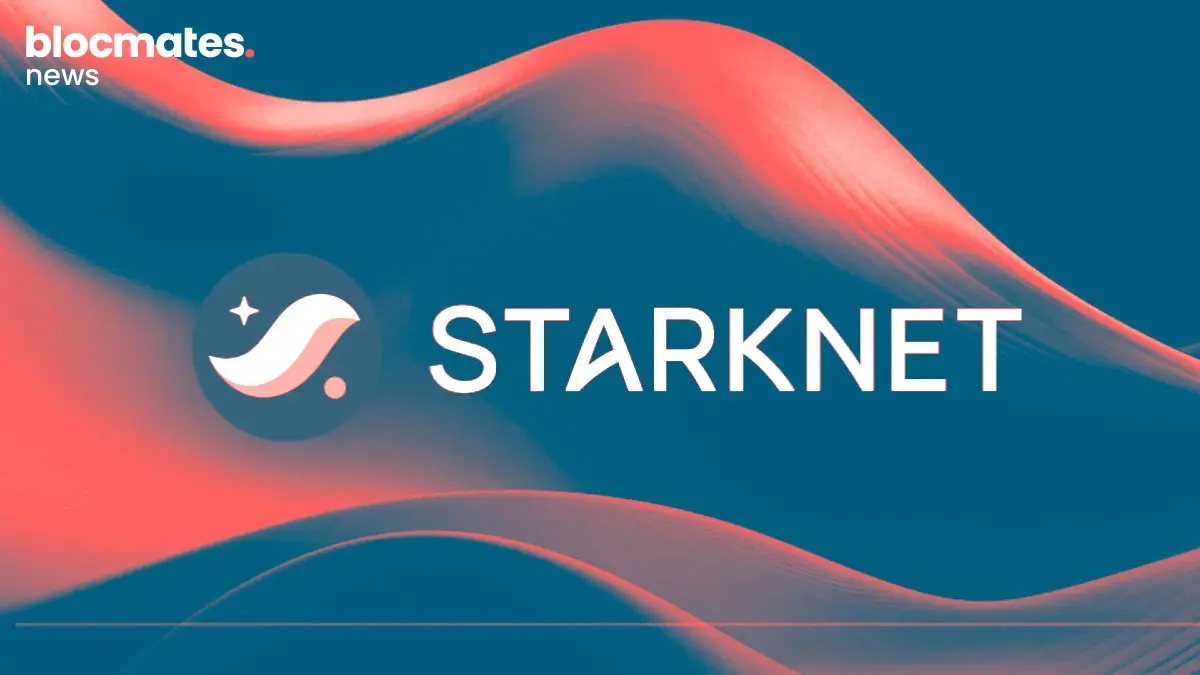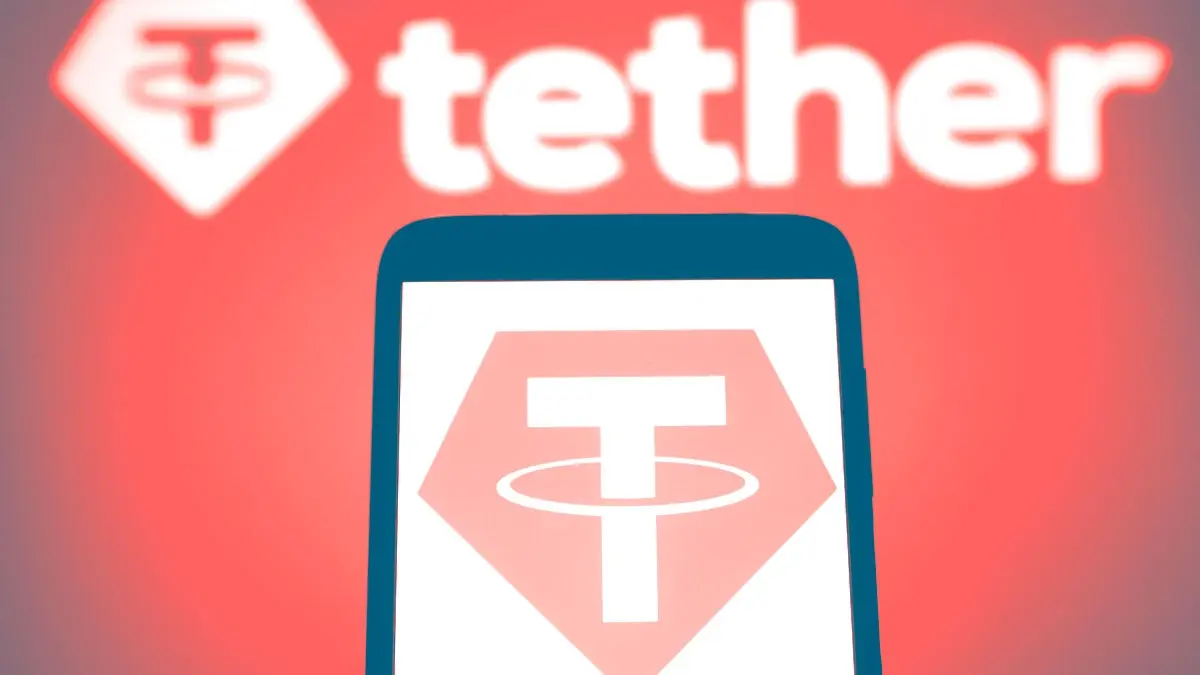It’s been a little over 16 years since the inception of the crypto industry.
Those of us who are terminally online, combing through different products and interacting with different blockchain networks, are well aware of the transformative capabilities that this technology has.
Unfortunately, it seems like there is always a dark cloud over this industry that never seems to go away.
At the time of writing this (the start of Q4 2025), the same problems continue to rear their ugly heads.
Speculating on memecoins bundled by insiders, centralized giants controlling narratives, scamfluencers going scot-free, and hacks/scams continuing to occur on a regular basis.
Regardless of the positives of the industry, this is the stuff that will always dominate the headlines.
Where is the crypto industry headed?
Think about it, stablecoin adoption continues to grow with the market expanding by 42% just this year, major institutions like Blackrock continue to accumulate BTC while interacting with other categories within crypto, governments have warmed up to crypto with some even accumualtng BTC as a treasury asset, major crypto assets have gotten ETF listings, and more legacy businesses (Stripe, PayPal, Walmart, etc.) have begun crypto integrations.
Despite all of this, if you walk up to a random person on the street and ask them, “What do you think about crypto?” their first response will always be a demeaning facial expression, followed by calling it a “scam” and “fake internet money.”
Crypto projects on our radar
At blocmates, our mission has always been to educate; therefore, in this series, we will regularly highlight the somewhat overlooked crypto projects that are moving beyond speculation and actually using the technology to propel the industry forward.
Today, we have six projects for you.
1. Bridge (@stablecoin)
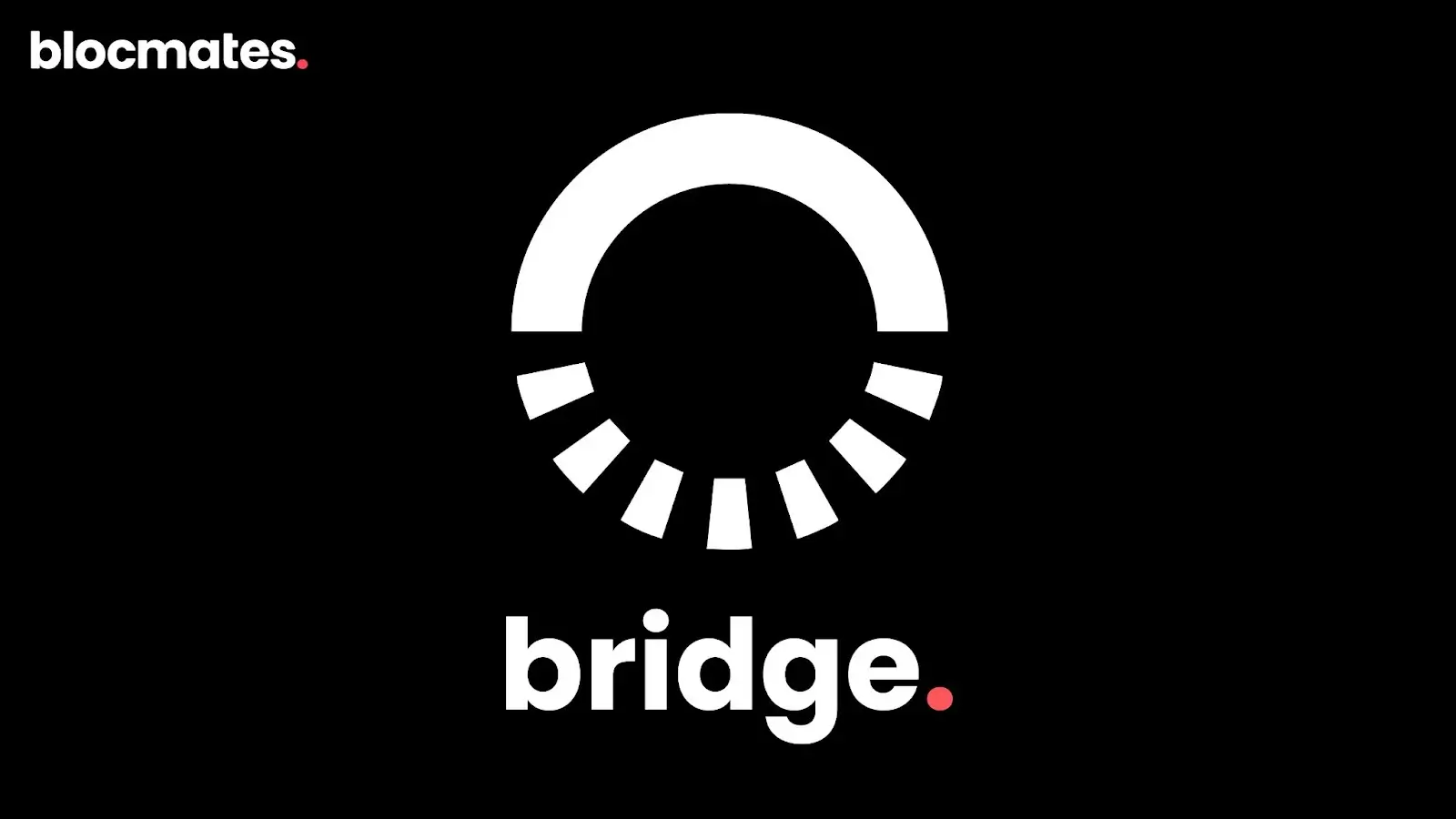
Stablecoins are often touted as one of crypto's greatest inventions. Crypto provides the perfect infrastructure for a truly digital form of money, and stablecoins are the most familiar form of digital money for anyone to interact with.
It’s the same currencies that everyone's familiar with, but on more efficient rails.
As crypto adoption in the offchain world continues to increase, so will the adoption of stablecoins. We’re already seeing signs of this right now.
Bridge is the ultimate platform for stablecoins. It’s a platform that is interoperable with all networks, all stablecoins, and allows businesses to seamlessly integrate stablecoin payments into their systems while making it easy for everyday users to transact with stablecoins.
Bridge is building an orchestration and issuance layer that does away with the technical complexities of blockchains and makes it easy for any business, organization, government agency, or individual to interact with stablecoins.
They’ve recently launched a platform called Open Issuance in partnership with Stripe, which allows any business to make their own stablecoin, so they don’t need to rely on the major ones like USDT and USDC.
Smart contracts can be customized for the specific needs of the businesses, and the best part is that the businesses will be able to capture all the yield without having to pay a redemption fee.
The platform has a single API that businesses can leverage to connect to this stablecoin network. Ultimately, this makes Bridge one of the biggest and most efficient global money movement platforms.
They also offer their own self-custody, which basically becomes the user's bank account.
This comes with a card allowing anyone to spend any stablecoin balance they have anywhere they please.
Online payments, vendor payments, salaries, e-commerce, and much more, with the added benefit of being able to issue your own digital-dollar-based asset?
Seems like a home run in my book.
2. Payy (@payy_link)

The ultimate aim of crypto has always been to bring the world onchain. However, to do this, it needs to be easier for people to operate as their own personal bank onchain.
Payy is a product that makes exactly this happen.
Payy is a vertically integrated onchain bank.
Users will be able to use stablecoins anywhere, interact with DeFi, and leverage fiat ramps, all with the benefit of privacy from a single interface.
Here are some of the key features:
- Payy network - stablecoin payments chain with built-in privacy
- Payy wallet - a non-custodial banking app wallet automatically integrated with Payy network
- Payy card - Self-custodial Visa card allowing you to spend anywhere from your Payy wallet.
Being your own bank is essentially what Payy offers.
For those of us who have been self-custodying our finances for a long time, we understand how empowering it is, but the technical complexities and security concerns often dissuade people.
Payy not only fixes this, but also takes it a step forward by giving users easy access to DeFi products to earn yield, while allowing them to spend their assets from their self-custody wallet in the real world through the Payy Card.
3. Inversion (@inversion_cap)
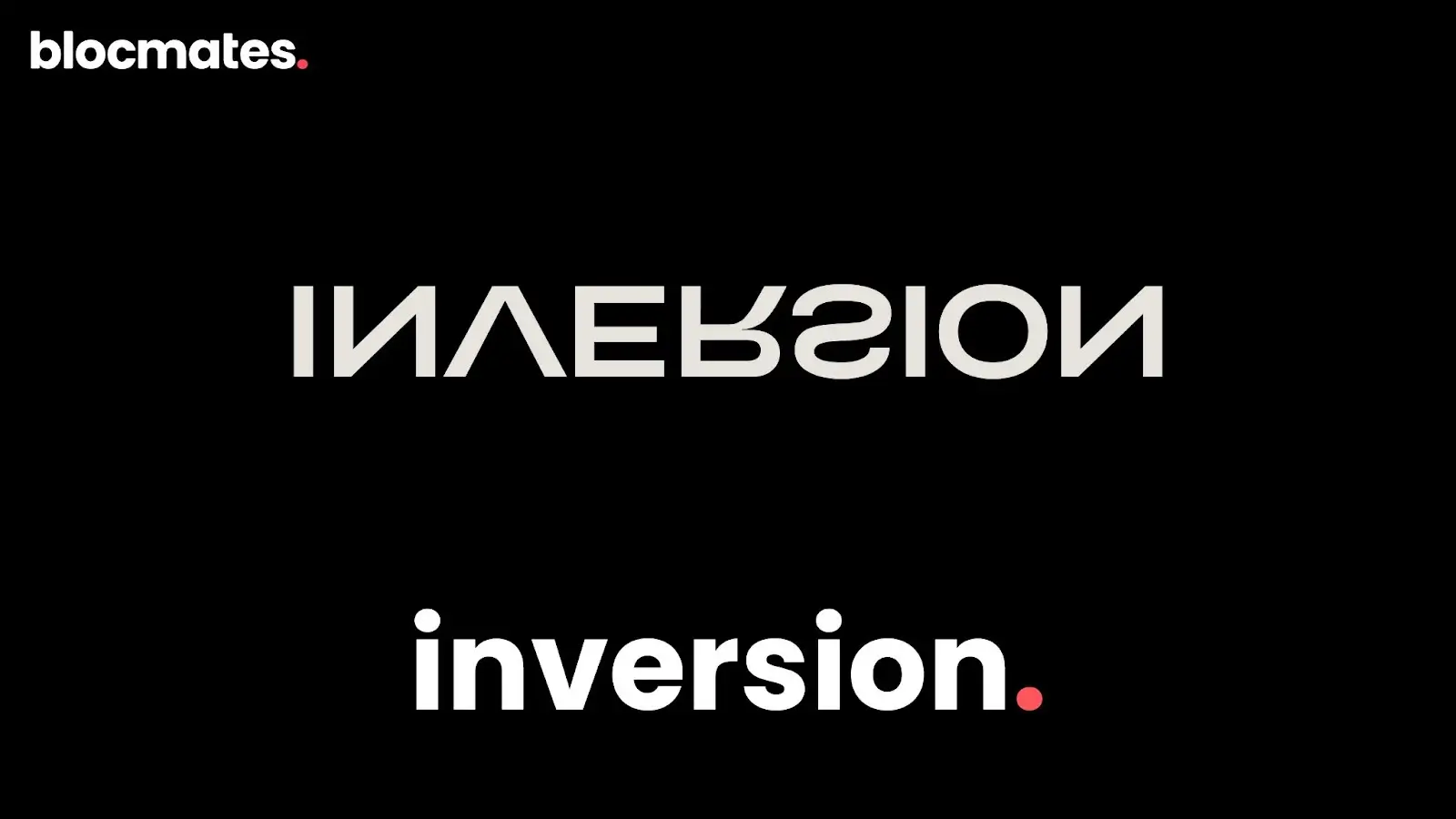
Another story reported by only a few media houses is how blockchains can make businesses more efficient.
A lot of the companies that have entered crypto through the RWA (real-world assets) sector serve as a testament to this.
Therefore, the team at Inversion operated on a simple thesis.
They have been in crypto for a long time and collectively are very well-versed with the technology and implementing businesses onchain.
At the same time, there are a lot of legacy businesses that could benefit from blockchain rails, but they don’t have the technical know-how to actually implement the change.
This is where Inversion steps in using a private equity model. They acquire or invest in certain legacy businesses that they believe can be elevated by blockchain technology and then help them perform this pivot.
If successful, they will profit on their investment, the business itself either grows or is saved (depending on the predicament), and more users get onboarded as a result of interacting with said business.
The idea is to combine private equity with blockchains to bring real GDP onchain.
If they are successful in this venture, we could see numerous success stories emerging from the Inversion camp, which will likely kickstart a snowball effect of more legacy businesses considering the option of integrating blockchains.
4. Rebirth (@RebirthTrade)

Regardless of where the industry goes, one thing that will always be here is perps.
Trading has always been a key part of this industry, and this is unlikely to change anytime soon.
Of late, we’ve seen a lot of success in the DEX perps sector, challenging the status quo of CEX domination.
This was ultimately inevitable. The likes of Hyperliquid, Lighter, and Aster are currently dominating the headlines.
Rebirth, a project yet to launch, is also seeking to establish itself within this sector.
Rebirth is a purpose-built blockchain optimized specifically for trading.
The idea is that most blockchains are designed for everything (payments, DeFi, NFTs, gaming, and so on) and therefore optimized for nothing. To have a CEX-like trading experience, chains need to be much more optimized.
Rebirth is building a highly optimized blockchain specifically for trading.
Here are some features of Rebirth:
- CEX-like trading efficiency fully onchain
- Onchain central limit orderbook
- 50ms block times - ultra low latency
- One click, gasless UX
- Native stablecoin USDR - used for trading and earns yield automatically when idle
- Dark pools for confidential execution
- RLP Vault for market making and liquidations
- Mobile app
The founder has already spoken in detail about what it’ll take to dominate. There was a lot of hinting towards revenue buyback flywheels, which is a must, along with a well-designed incentive structure.
Ultimately, with such products, especially in the early stages, incentives play a big factor in determining user flows.
Users will go where the incentives are and stay if the product is actually good. So we’ll have to wait and see how Rebirth shapes up.
It’s an ambitious project that is still in its infancy, but is worth keeping an eye on.
5. The Clearing Company (@theclearingco)
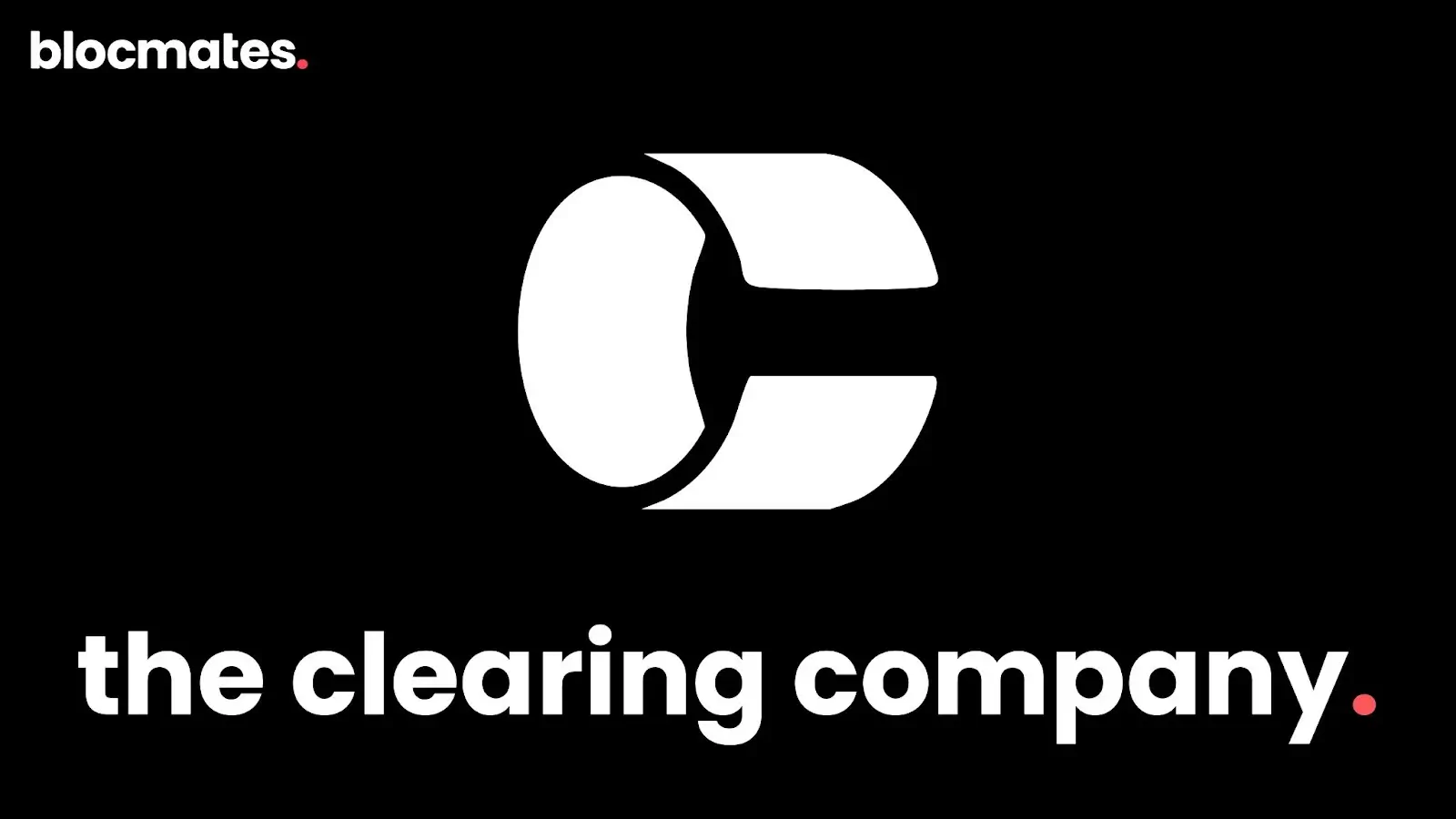
Another sector that has helped onboard more users into the industry by entering the mainstream world is prediction markets.
Poymarket being the market leader has proven that there is significant demand for such products, so it's only a matter of time before we get the Hyperliquid of prediction markets that challenges the centralized status quo.
The Clearing Company is an ambitious and promising project that may be the answer.
The Clearing Company is an onchain, permissionless, and regulated predictions market that allows you to trade any market on a friendly and intuitive interface.
The general idea behind it is to take the concept of betting and prediction markets, but make it interactive and very easy to trade.
The project is still in its early days, but has already announced an exciting feature like “lineups.” It essentially allows you to build cross-parlays.
So you could bet on Haaland scoring a hat-trick, Trump falling down the stairs, and Angel Reese missing two layups in the same parlay.
Prediction markets are going nowhere, and this product looks very promising. Yet another one worth keeping an eye on.
6. Loom Finance (loom_finance)

The RWA sector has been consistently growing with a total market size of $32 billion in real-world assets onchain at the time of writing.
It’s a sector that has garnered significant attention from traditional institutions and is projected to become a multi-trillion-dollar industry over the next few years.
Loom Finance, built by the Lambda Class team, is looking to stamp its mark within this sector.
Loom Finance is focusing on bridging the worlds of DeFi and TradFi.
It allows traditional businesses to tokenize future earnings and predictable cash flows into liquid and tradable assets onchain that DeFi investors can leverage to earn yield.
It’s a product by Lamba that leverages some of their other products (Levenue and POL Finance) to make it a reality.
As real revenues grow in importance, it’s an interesting way to bring more real revenue onchain while helping traditional businesses raise funds for growth.
Concluding thoughts
With how chaotic this industry gets, it's difficult to keep your head straight and not miss the forest for the trees.
All the noise, scams, and hacks can often dominate mindshare, but it's also important to know that there are very real things going on in the background.
There’s a reason all the big players have silently changed their stance on crypto and continue to get involved with blockchains and buy certain major assets.
This industry still has revolutionary potential, and it's important to be aware of the projects looking to onboard more users and implement this technology into our day-to-day lives.
These six projects are just a few examples of companies looking to take crypto to the masses in the ‘correct’ way.
We don’t know if they’ll succeed, but what we do know is, eventually, crypto will have its Facebook moment where things will go from crazy to downright ballistic.
Ergo, we will continue to monitor projects that are working towards moving crypto forward, sharing them with you along the way. We keep our heads on a swivel so you don’t have to.




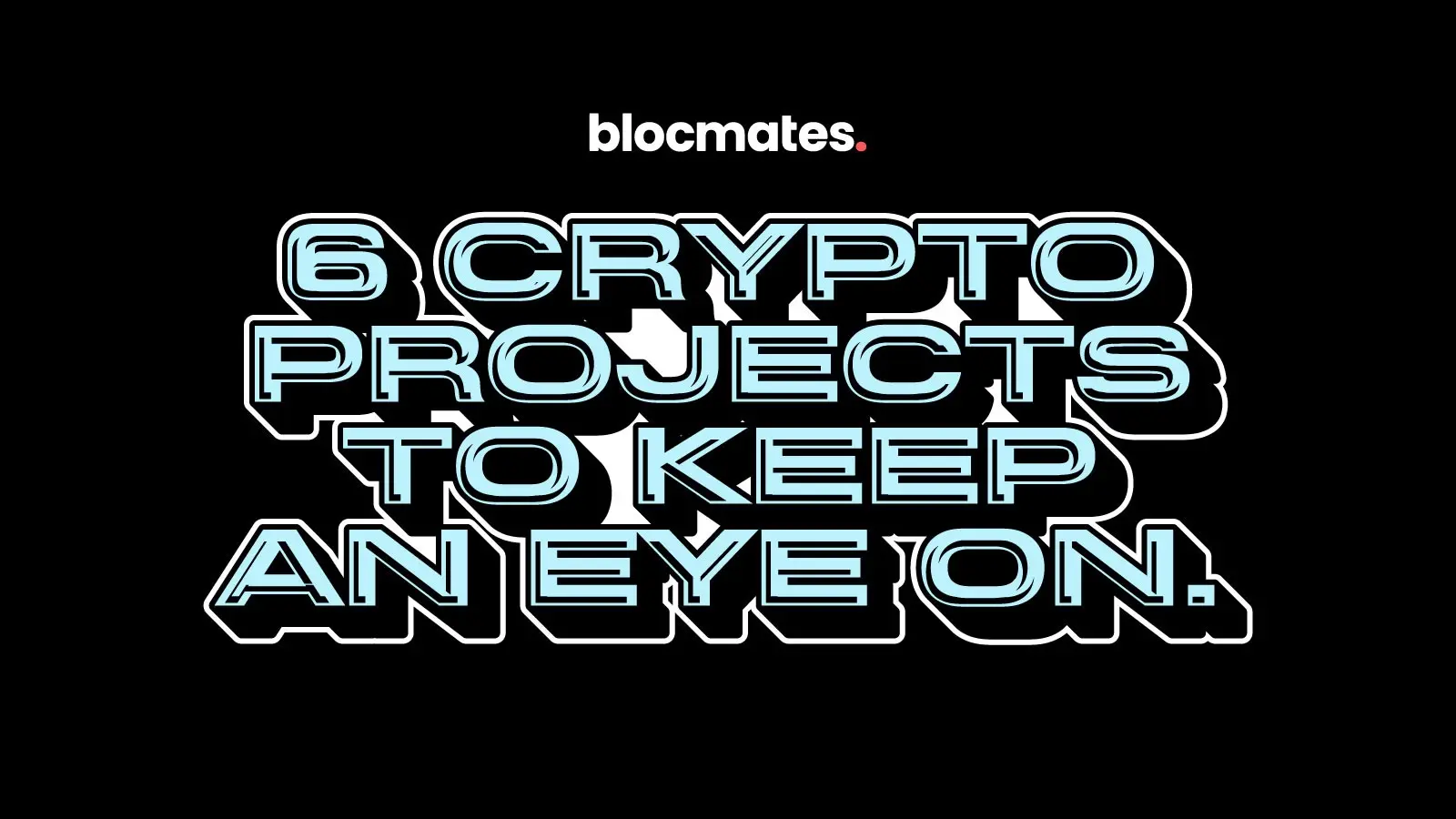


.webp)



.webp)
.webp)

%20(1).webp)

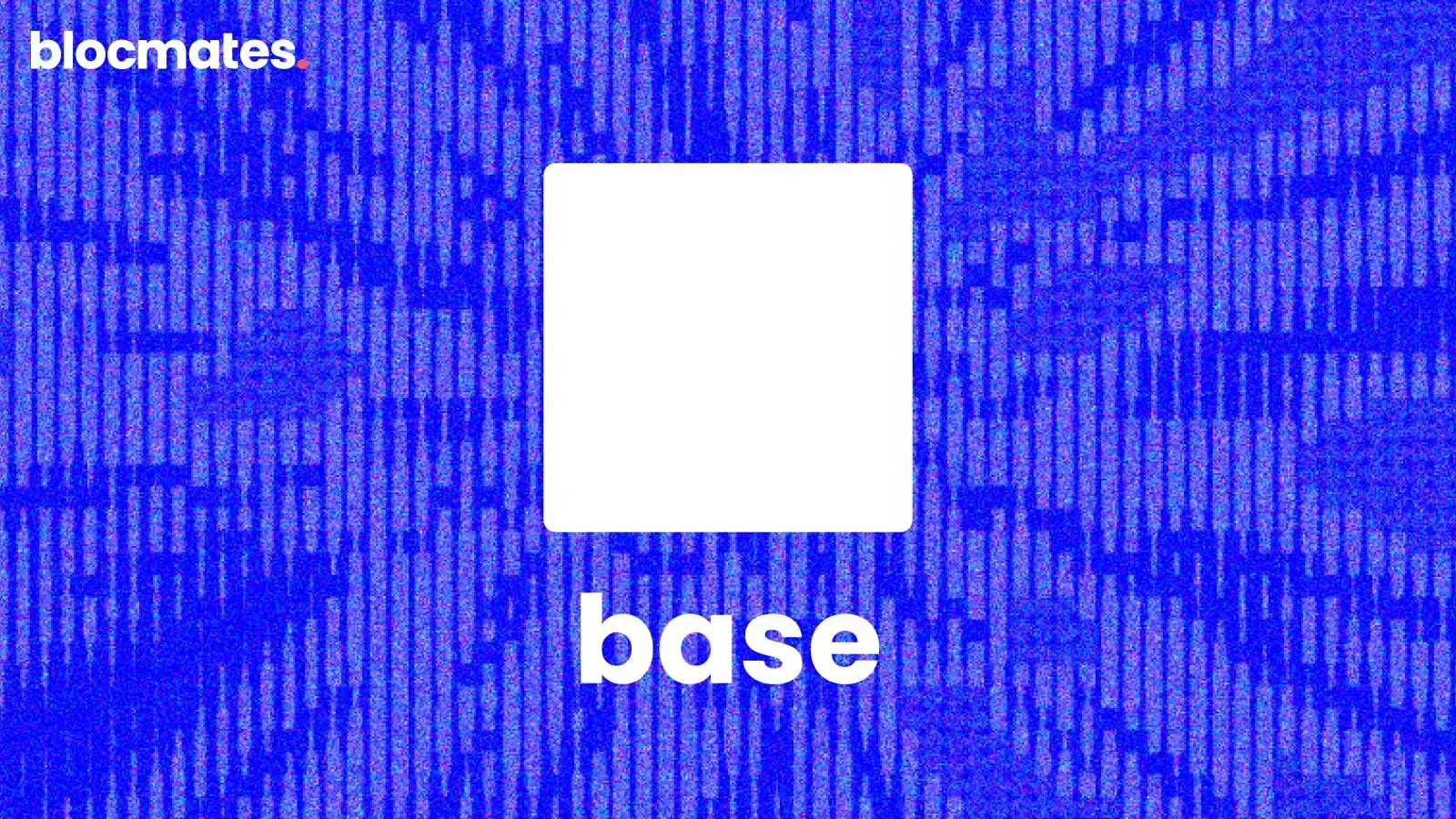
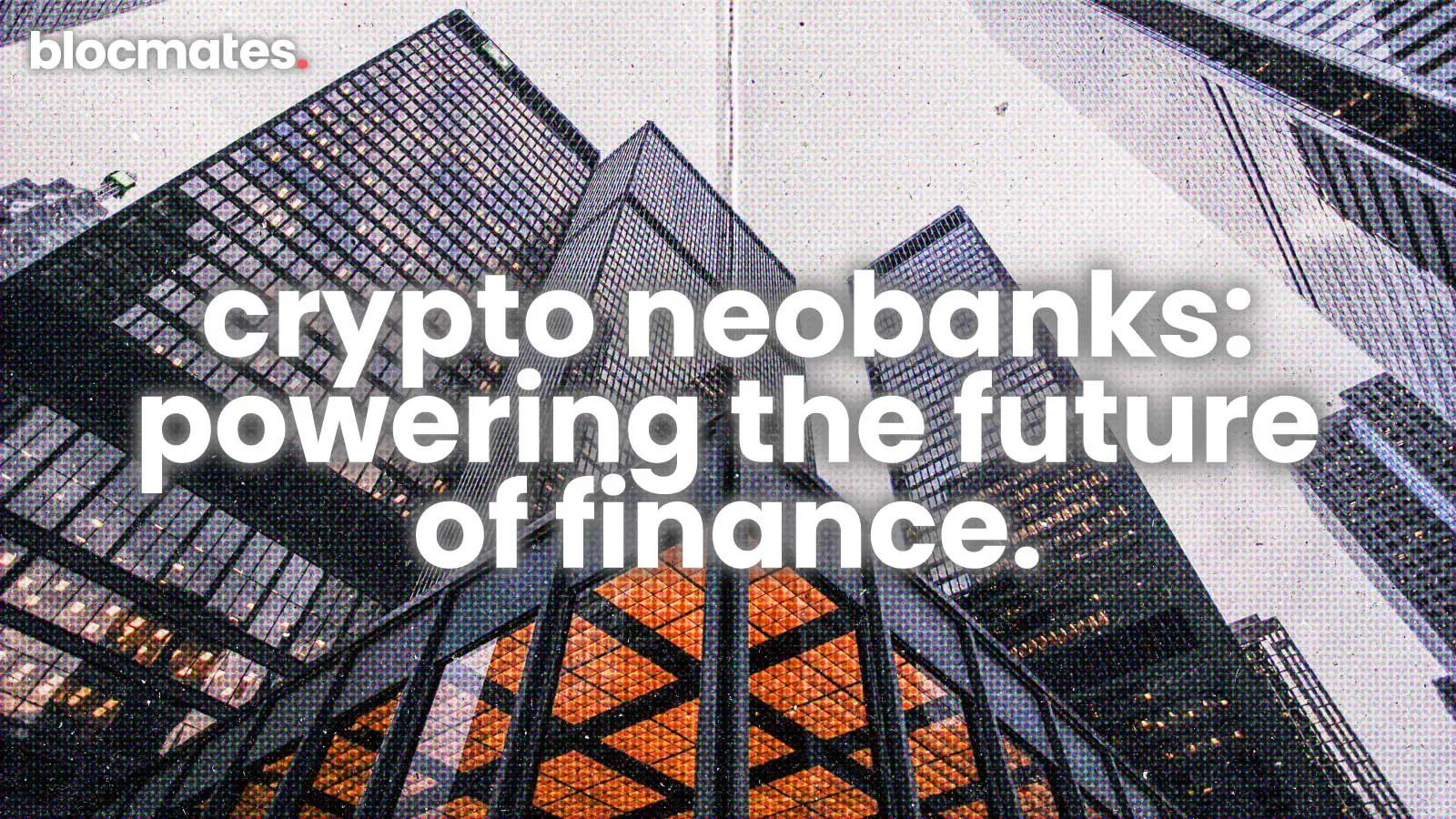





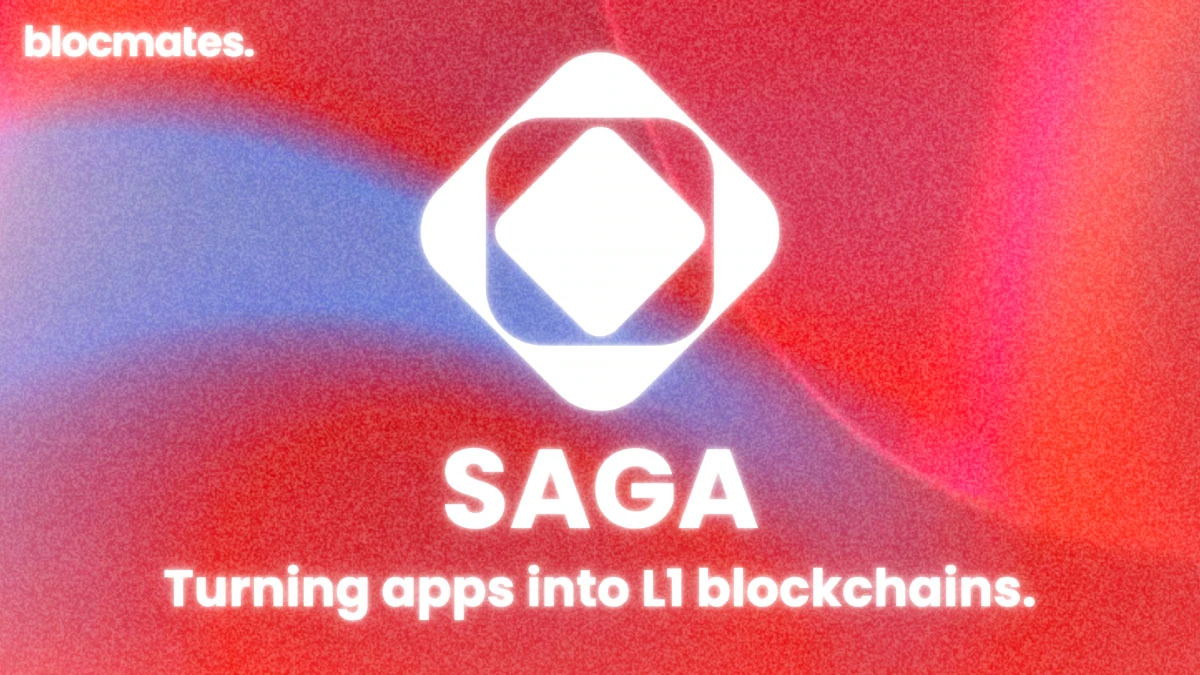
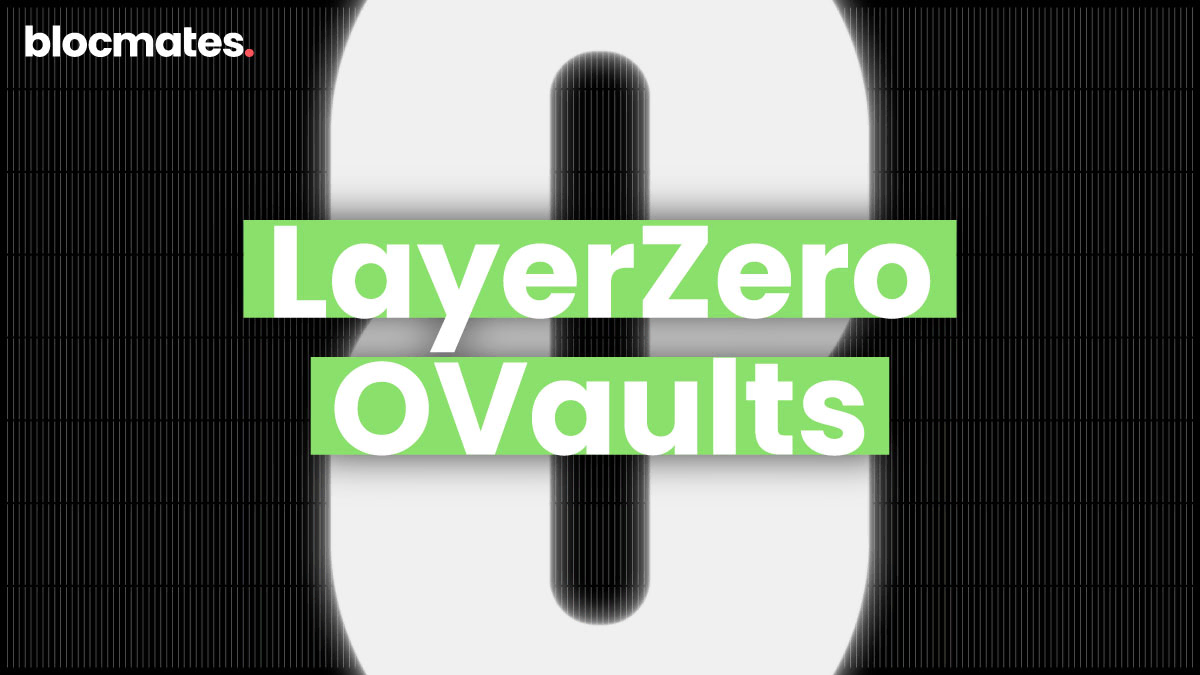

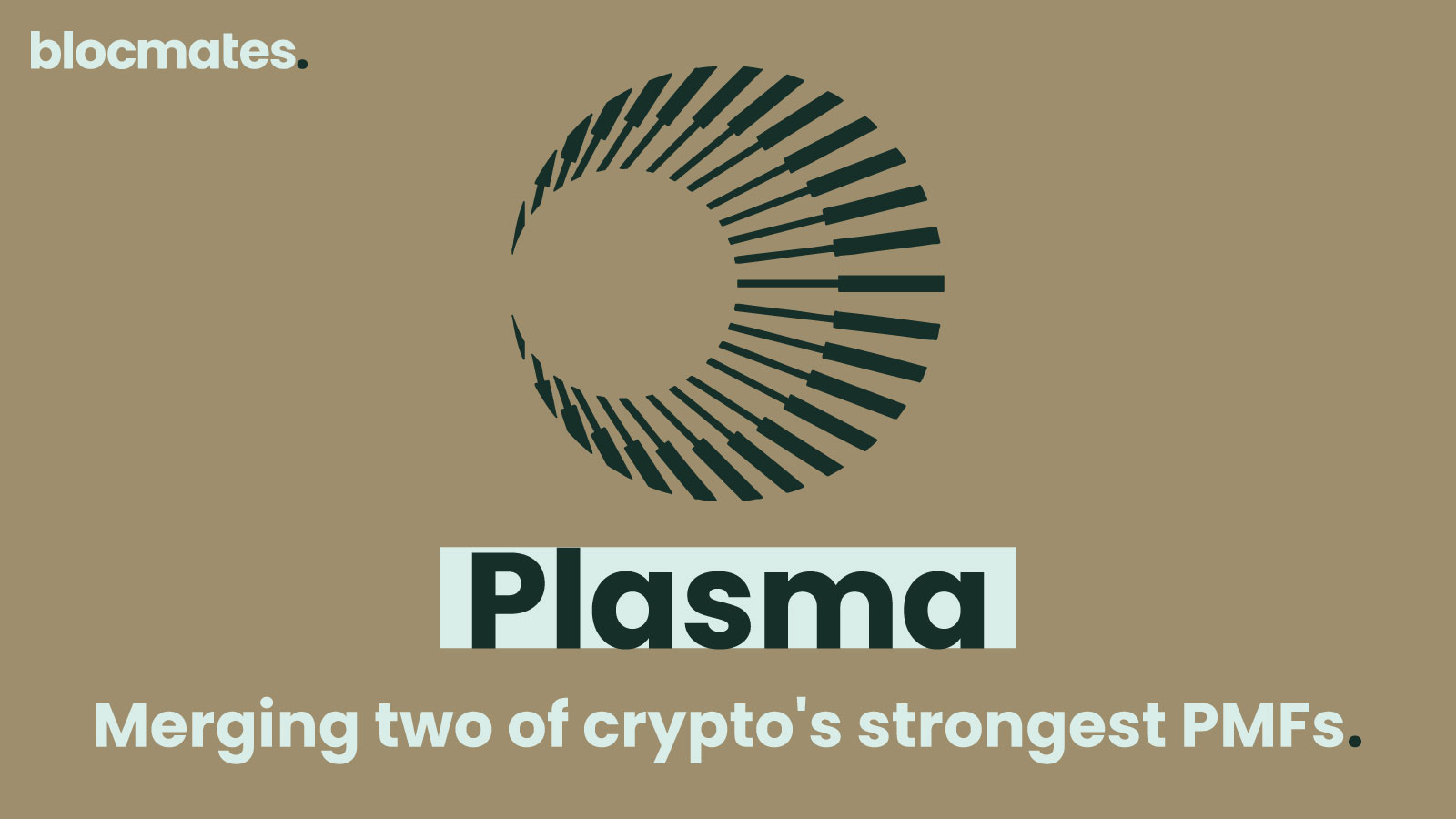
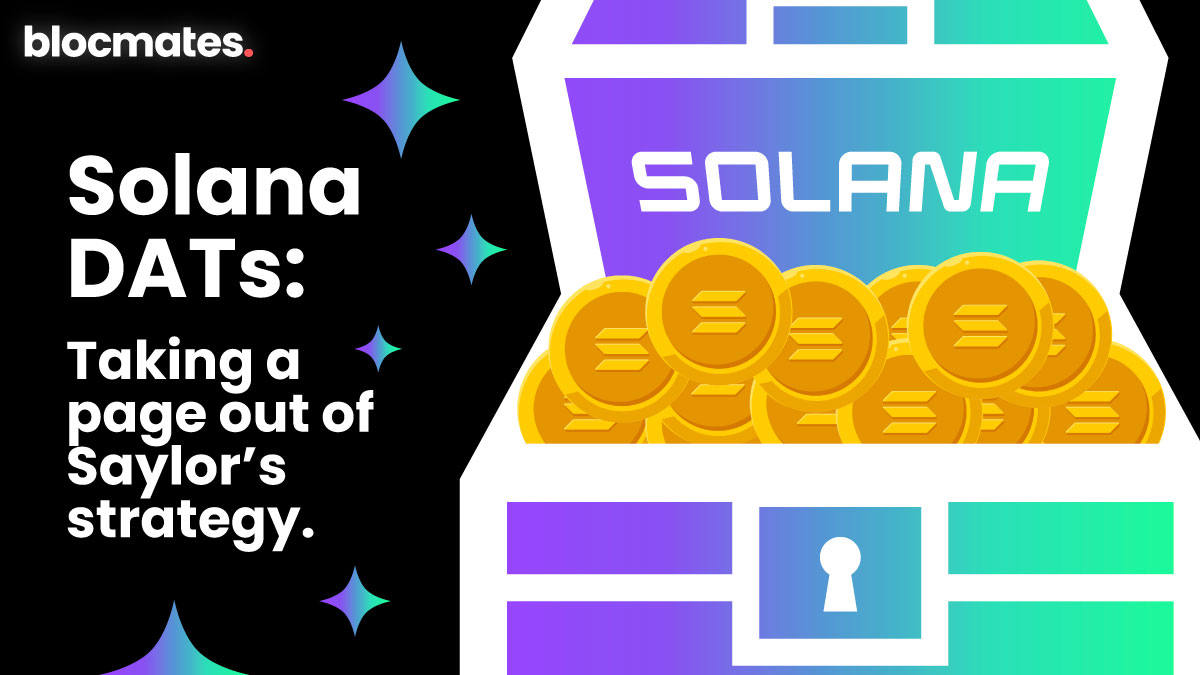
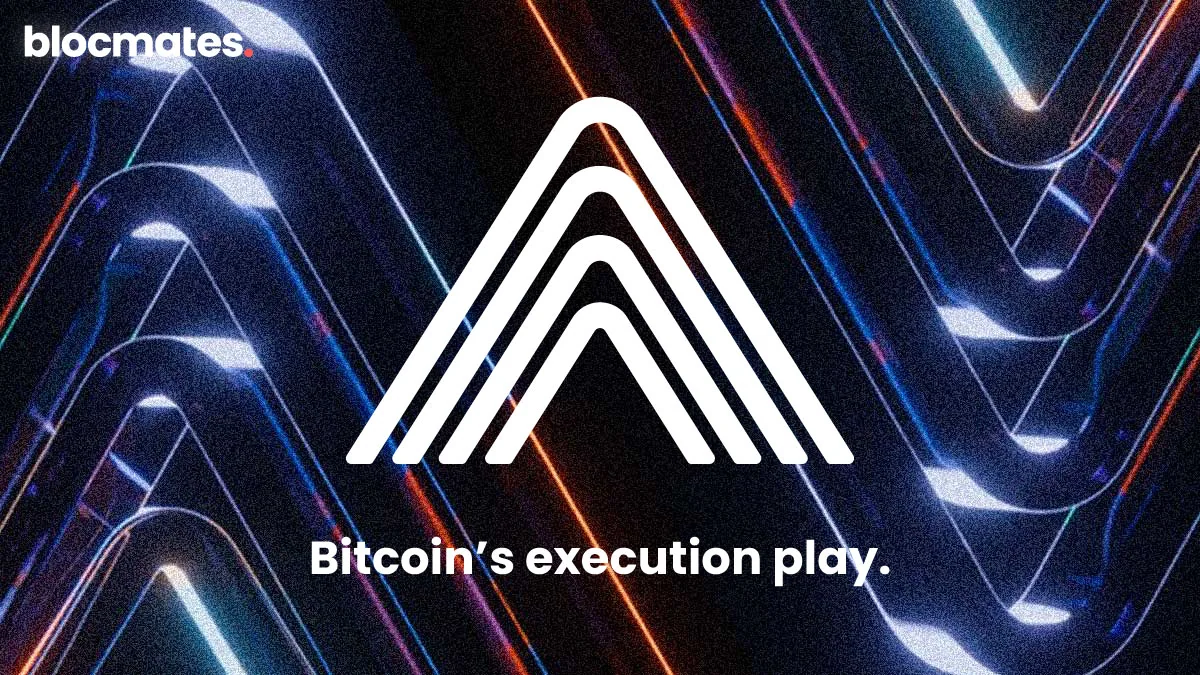

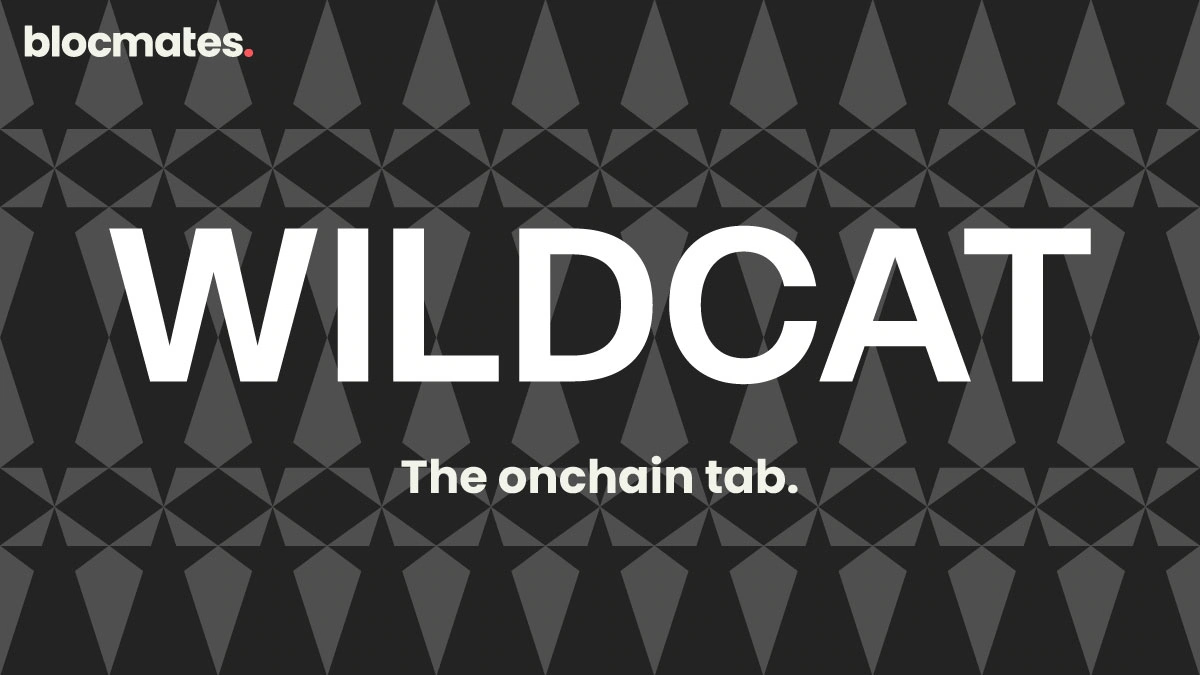
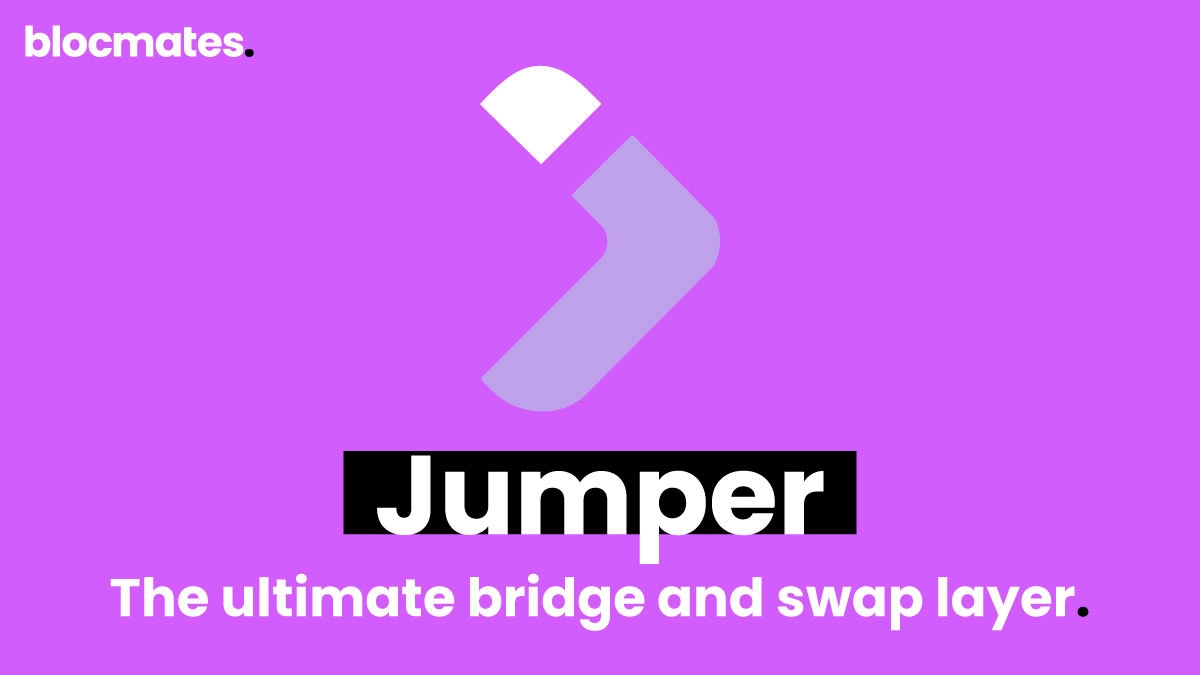
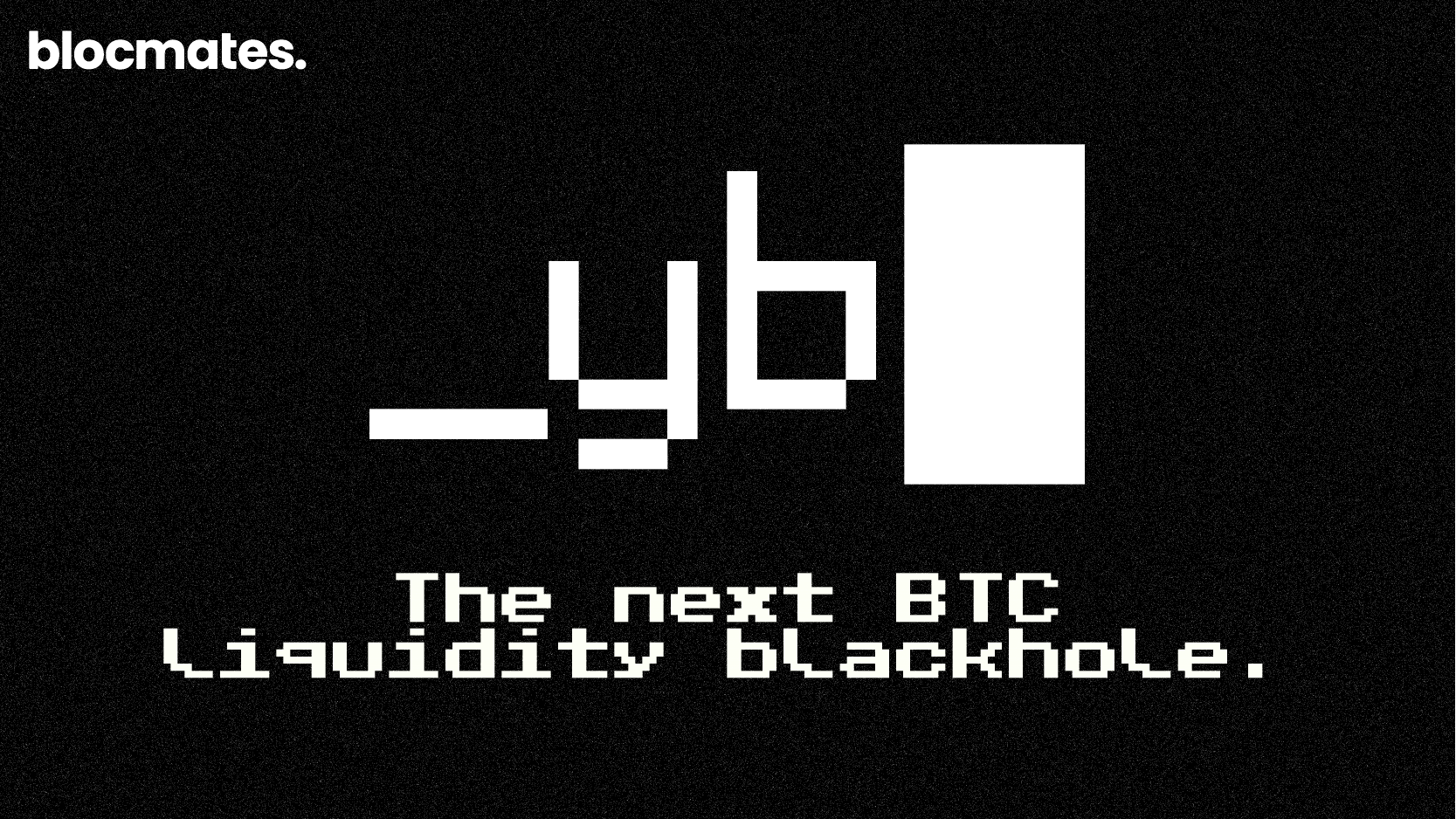
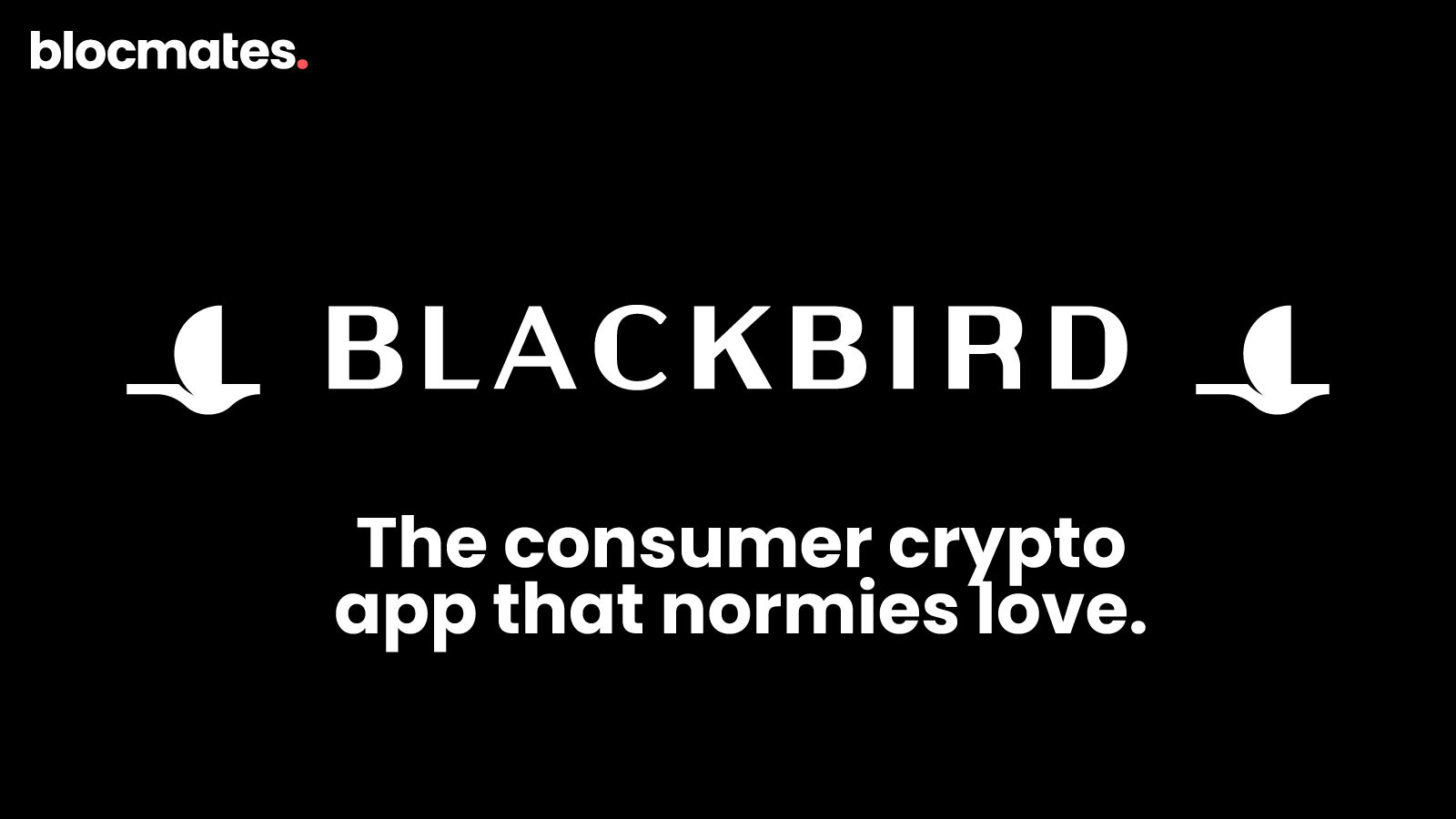


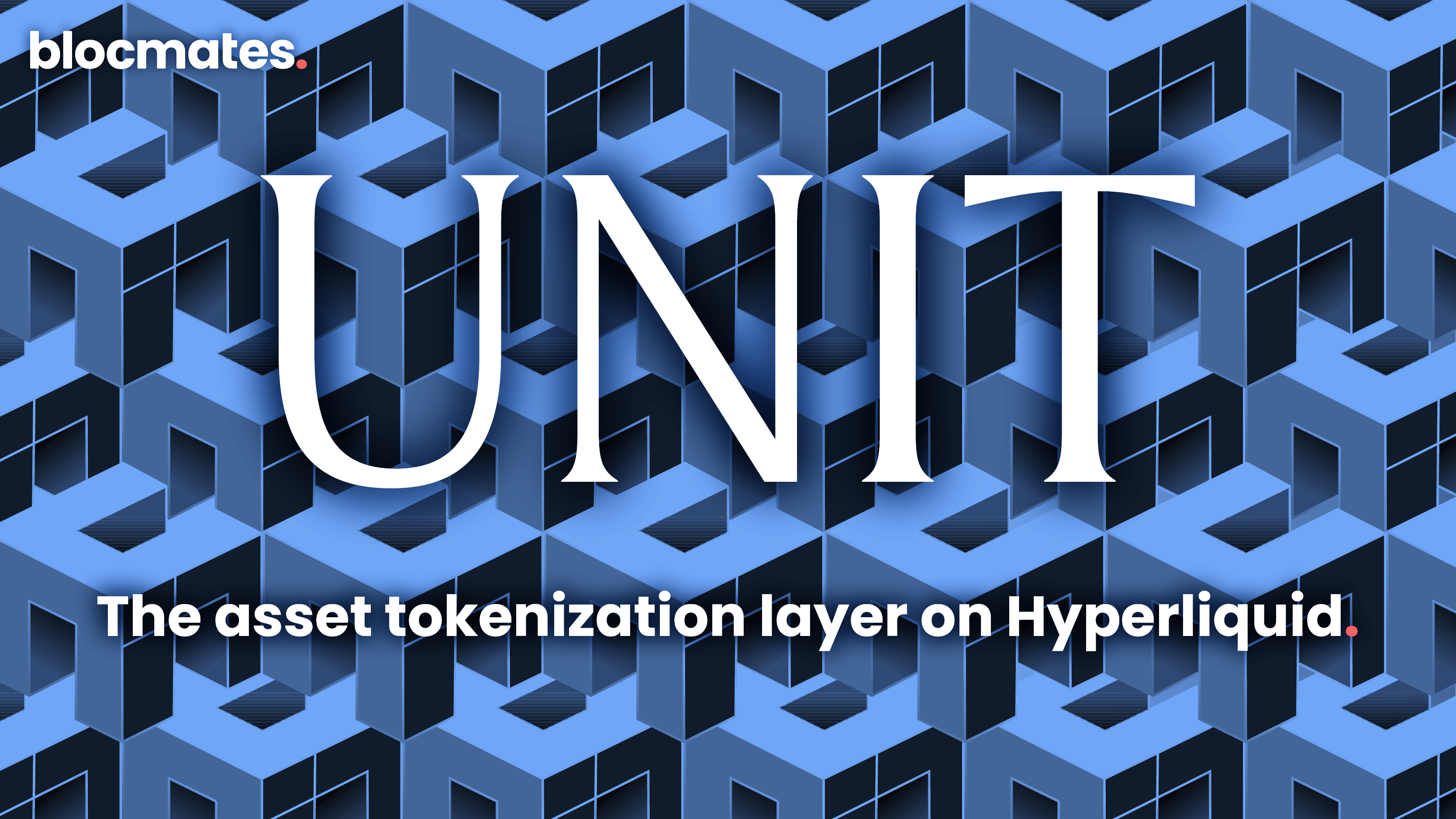
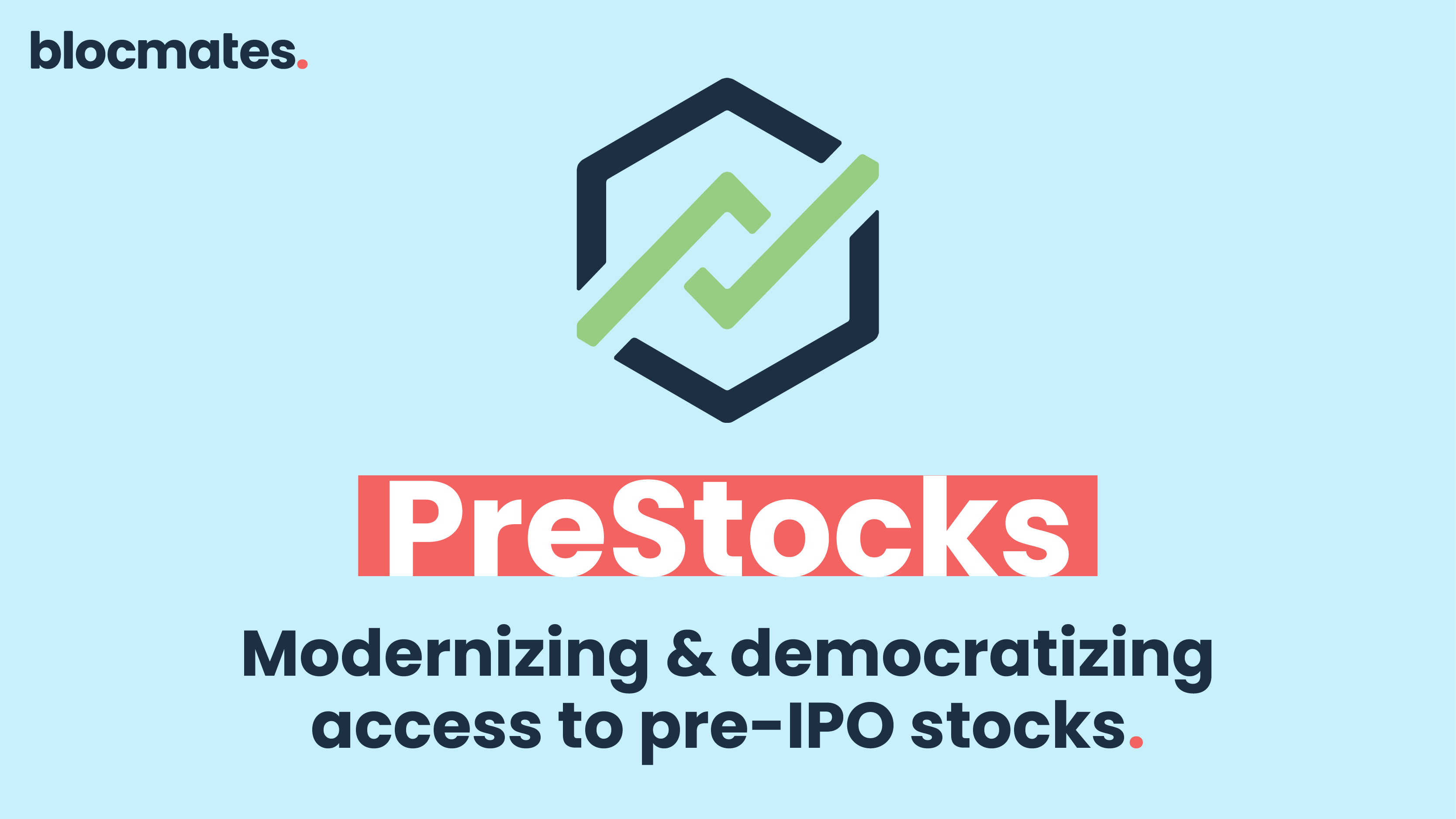

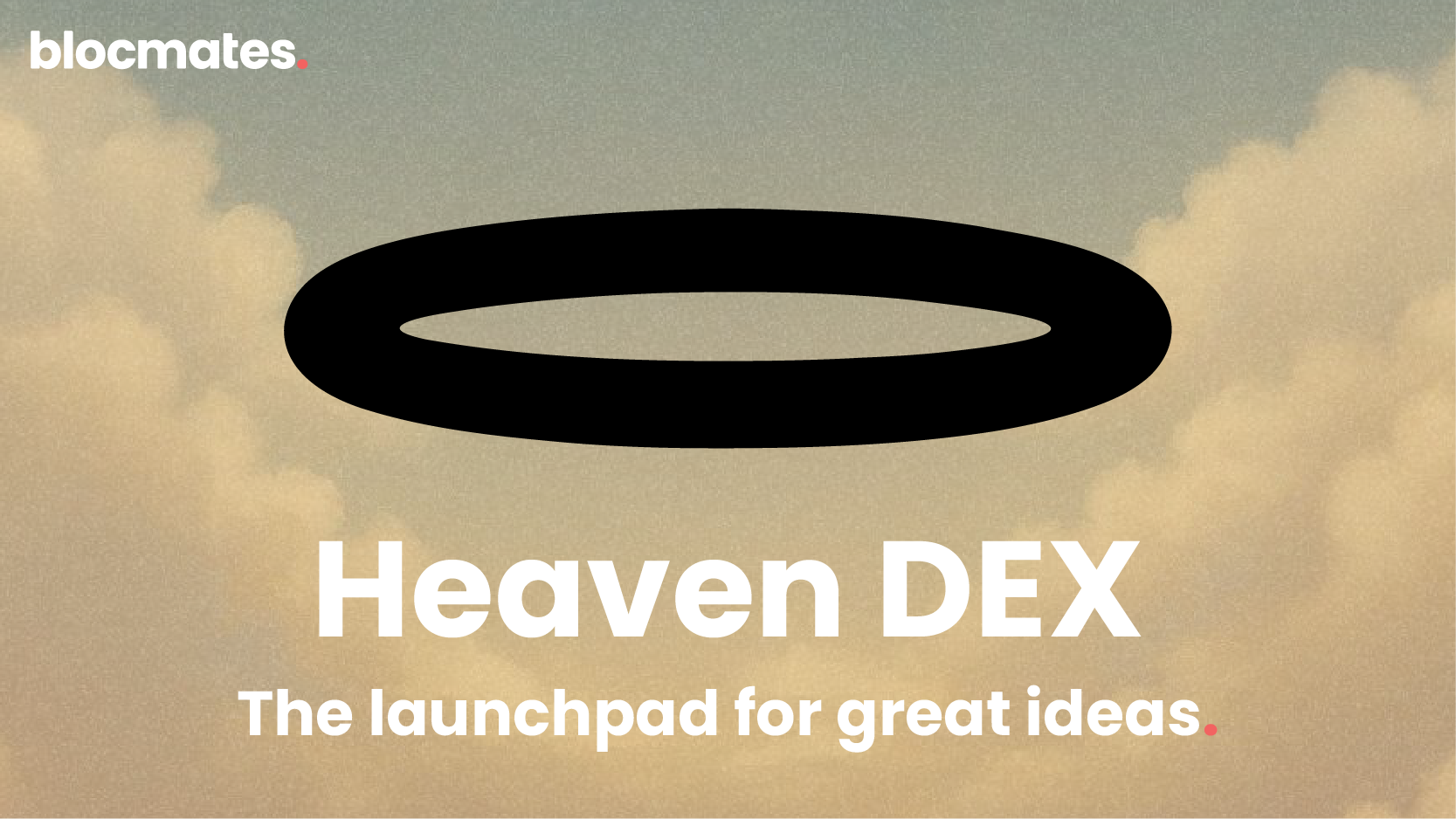

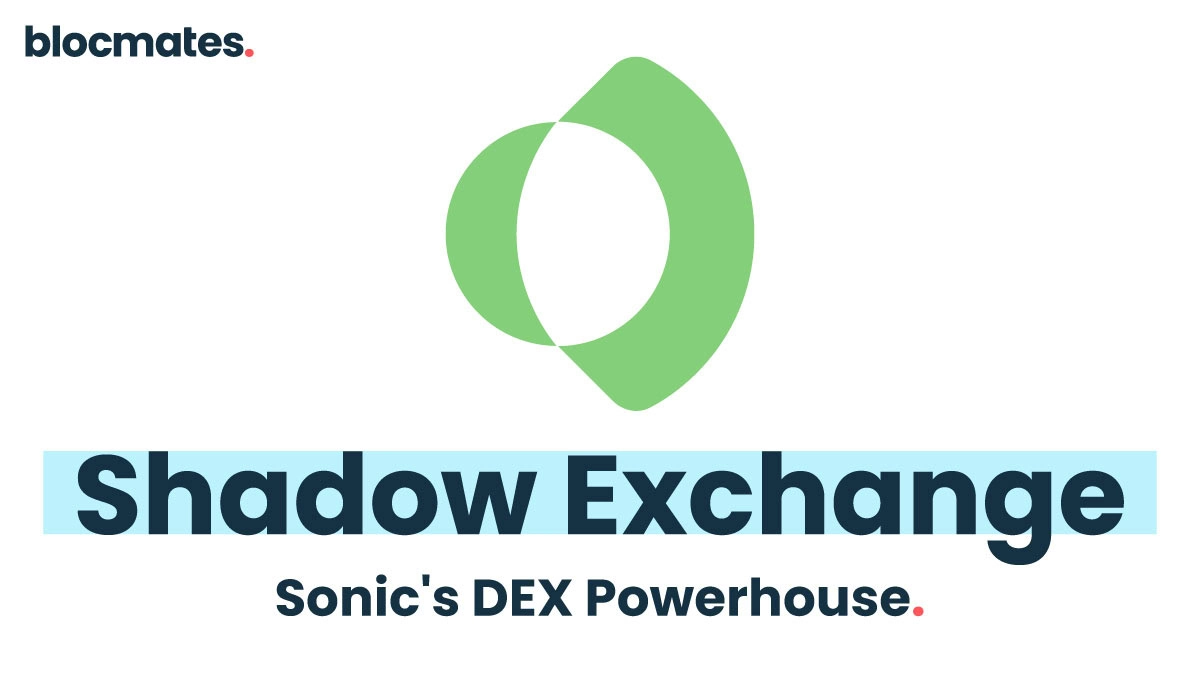
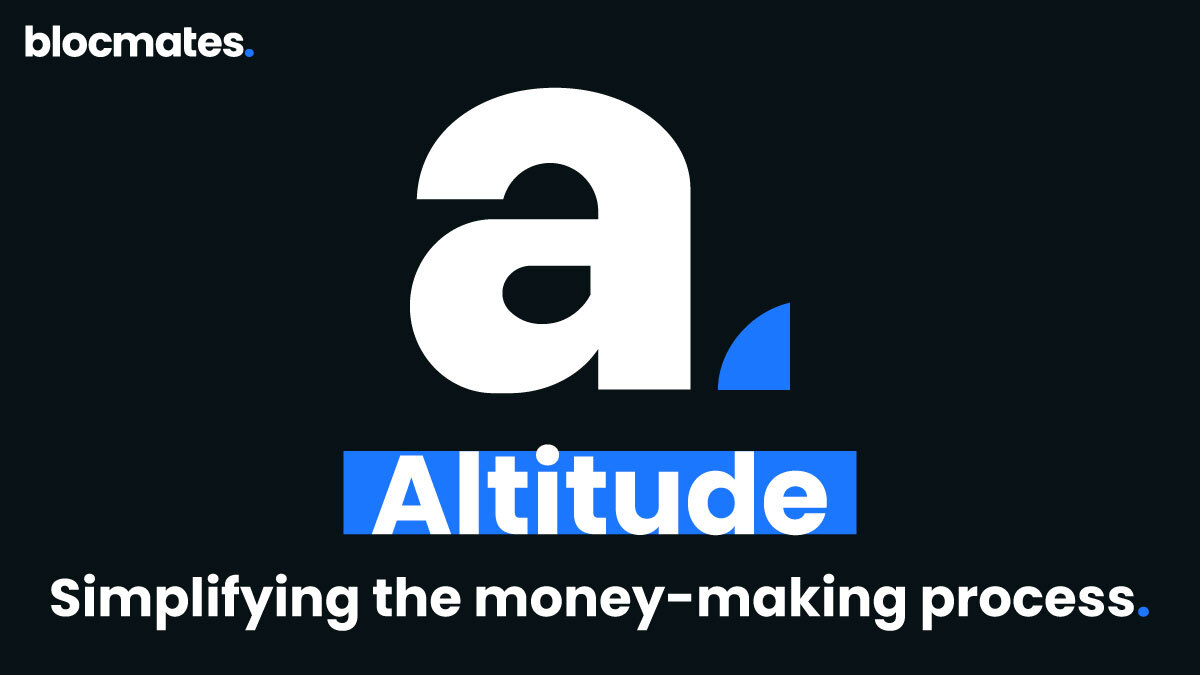
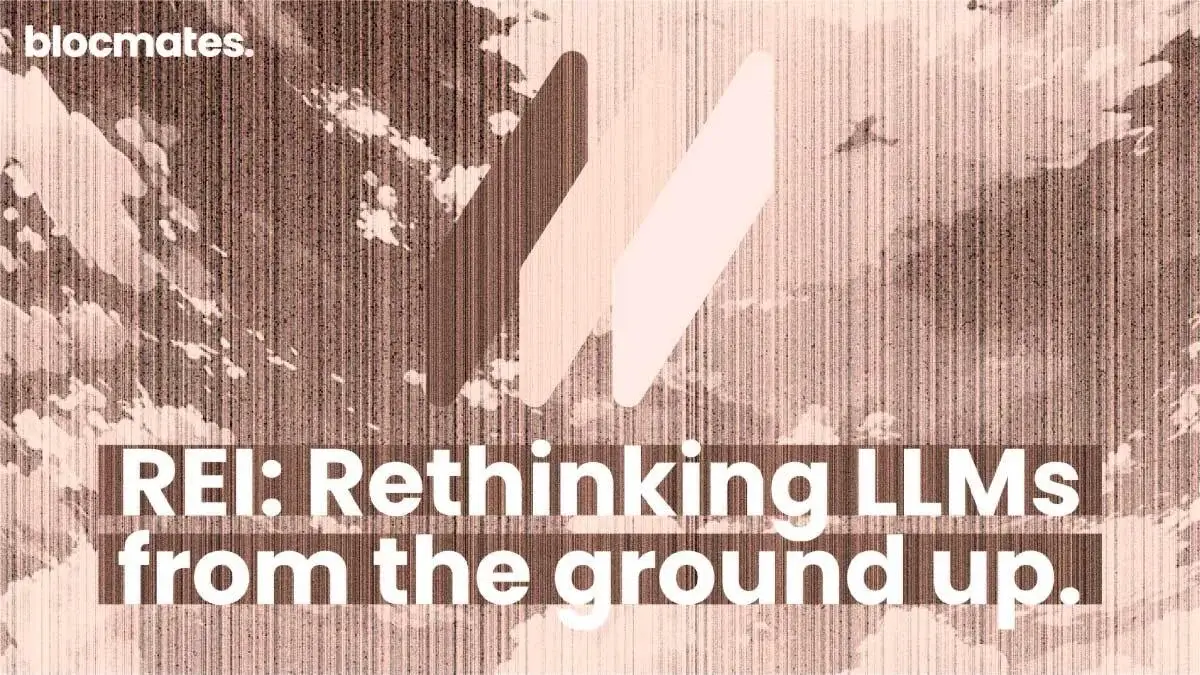
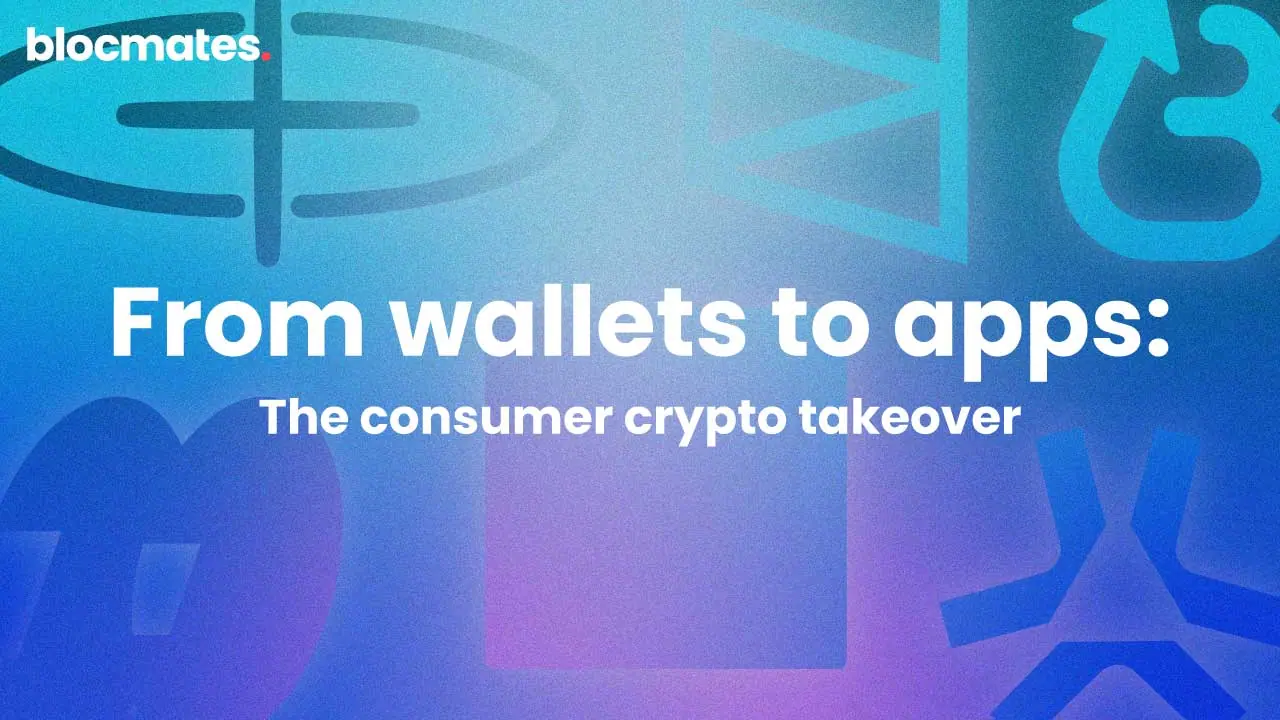
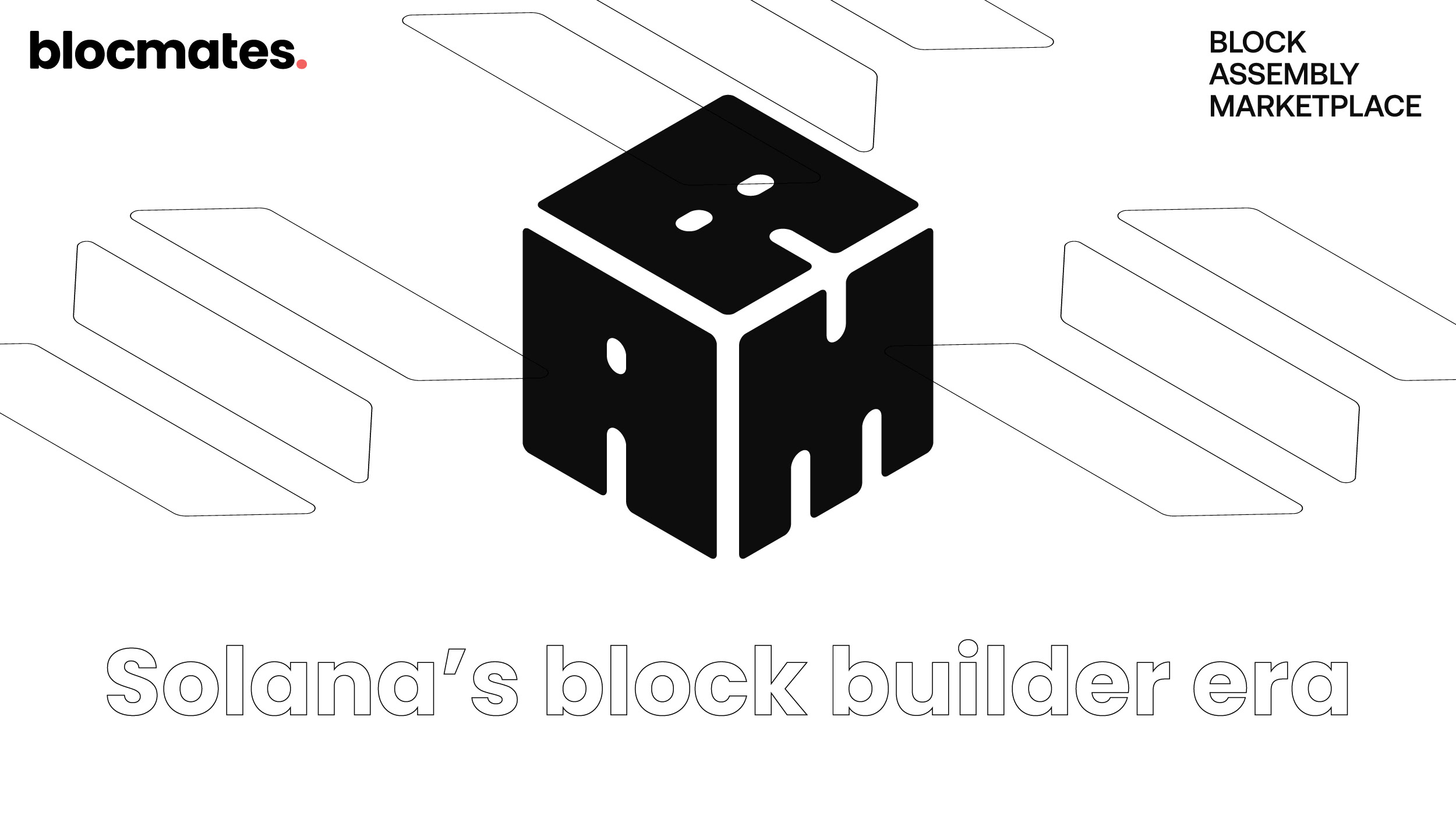



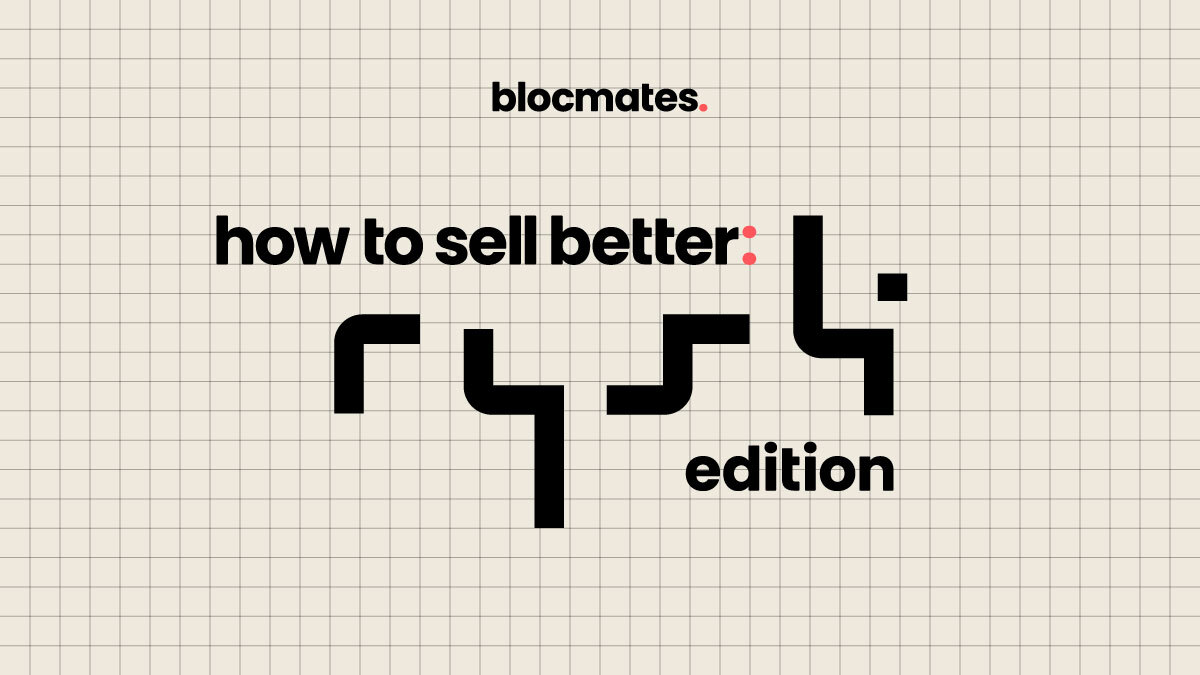
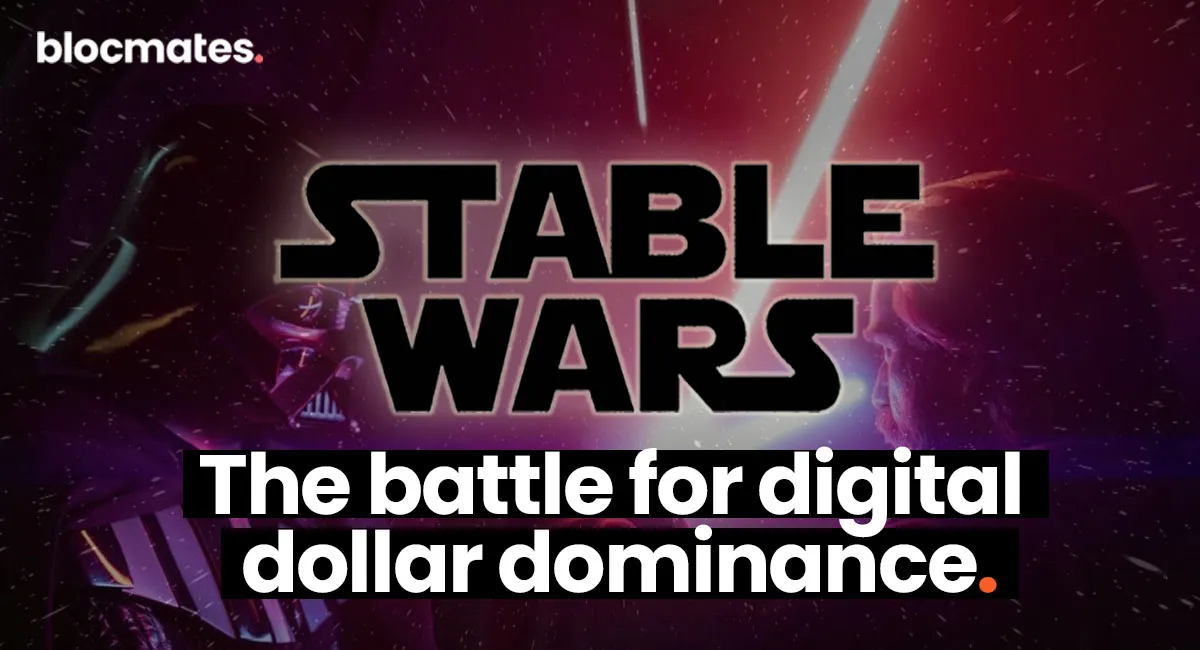

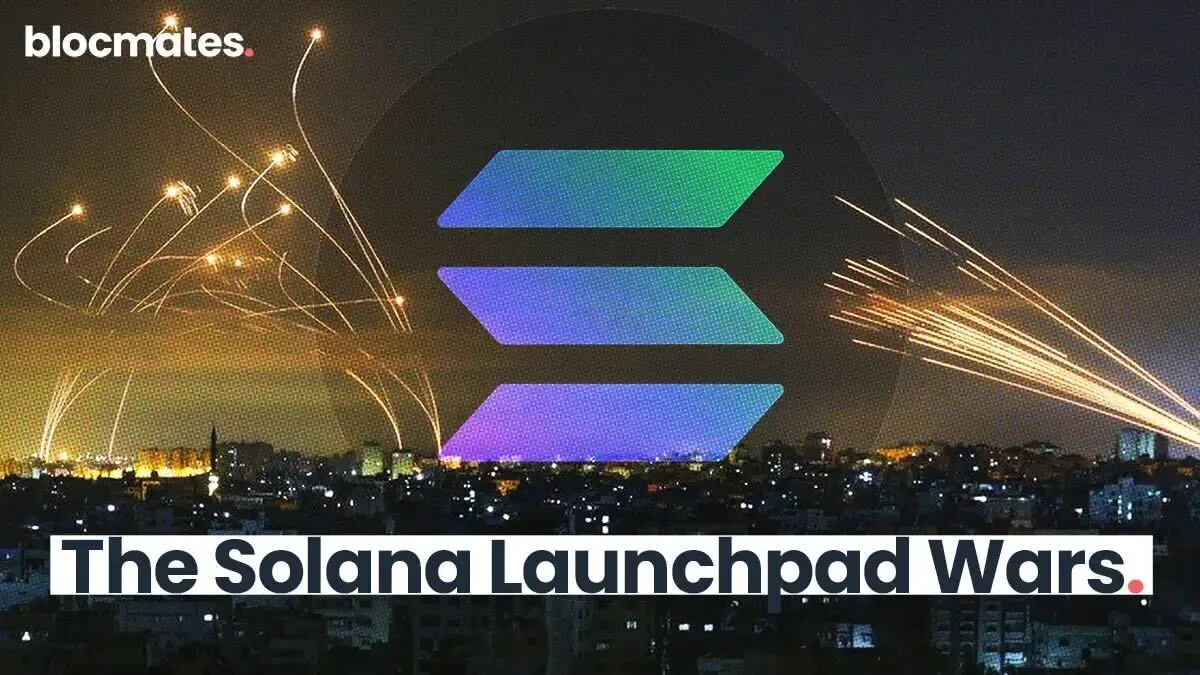




















%202.webp)


.webp)

.webp)
.webp)
.webp)


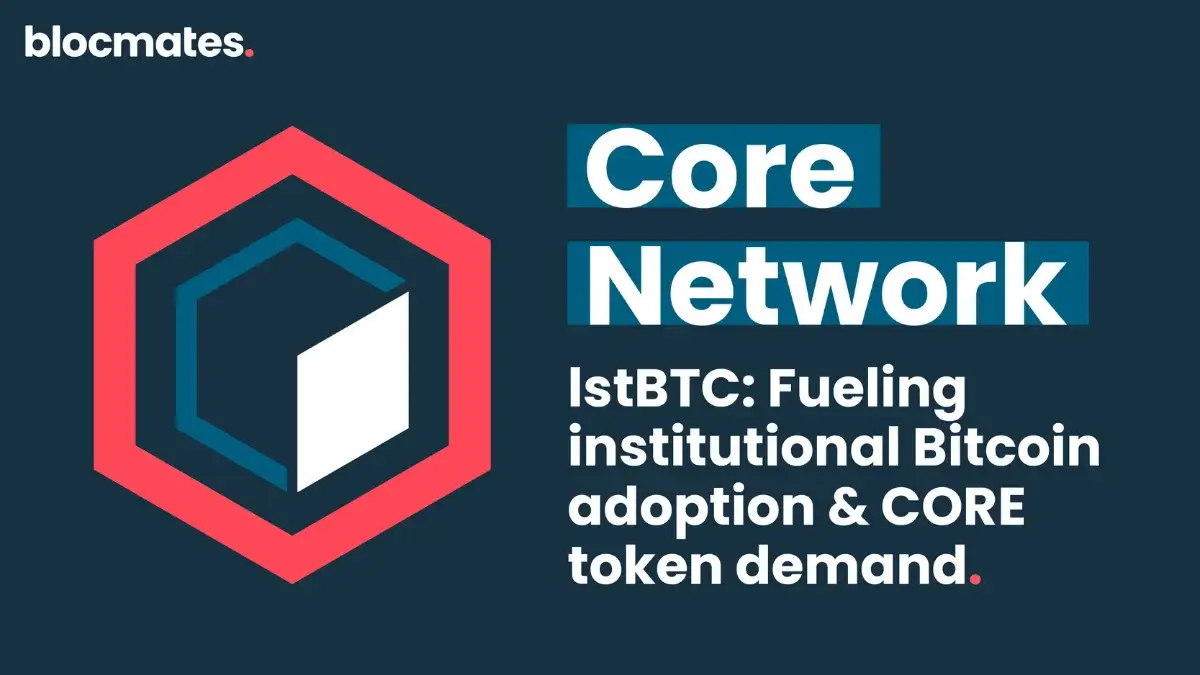
.webp)

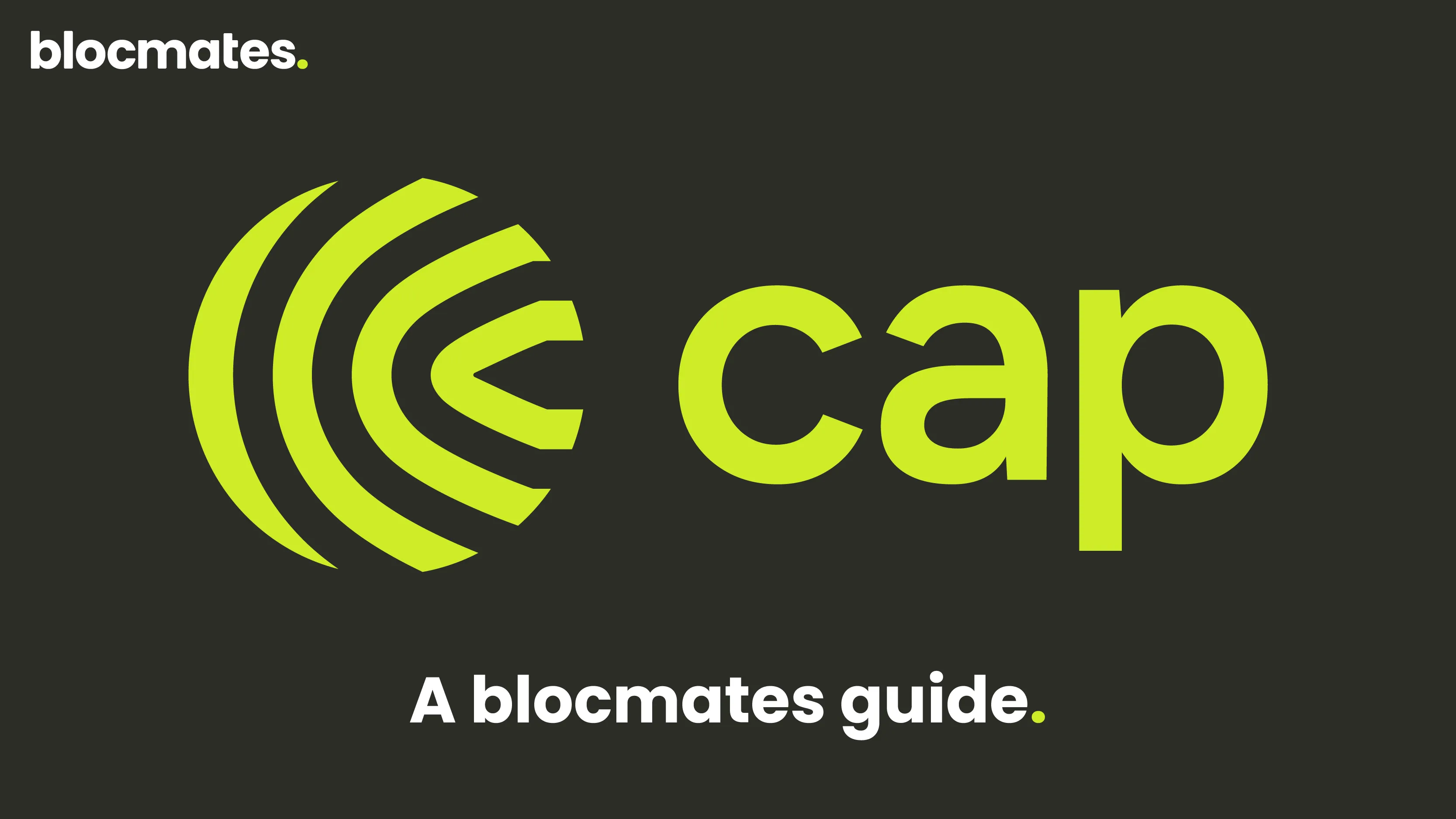










%20the%20Next%20Big%20Unlock%20in%20AI.webp)








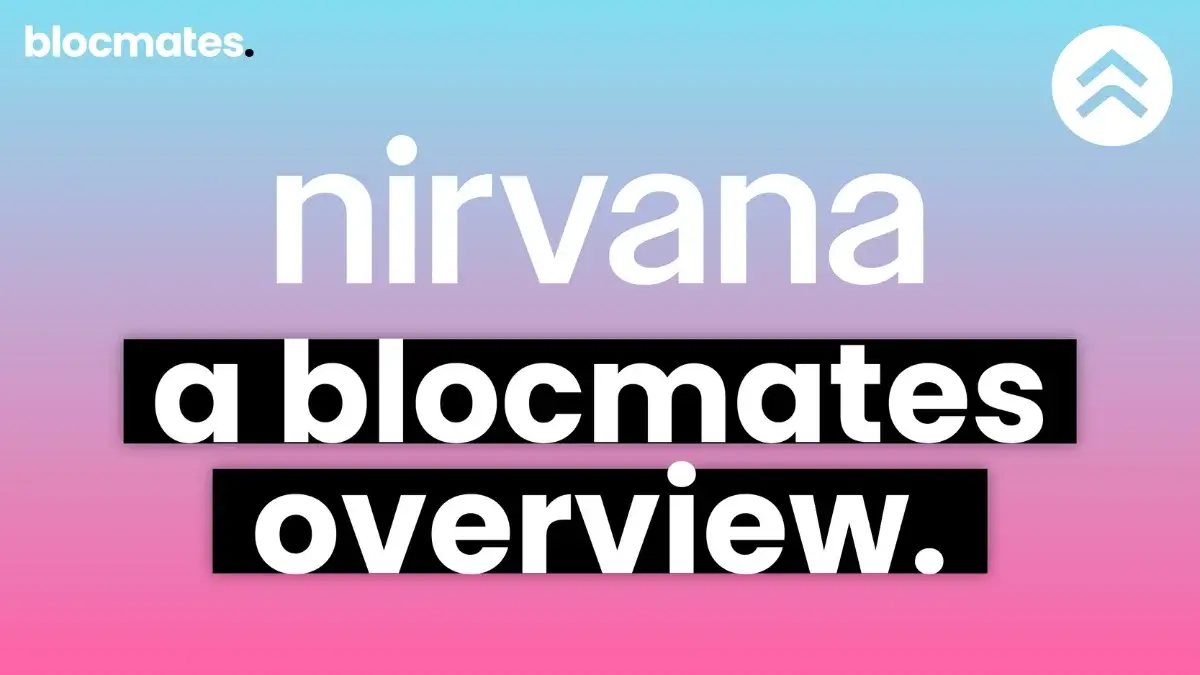

.webp)
.webp)

.webp)
.webp)
.webp)


.webp)
.webp)










.webp)


.webp)






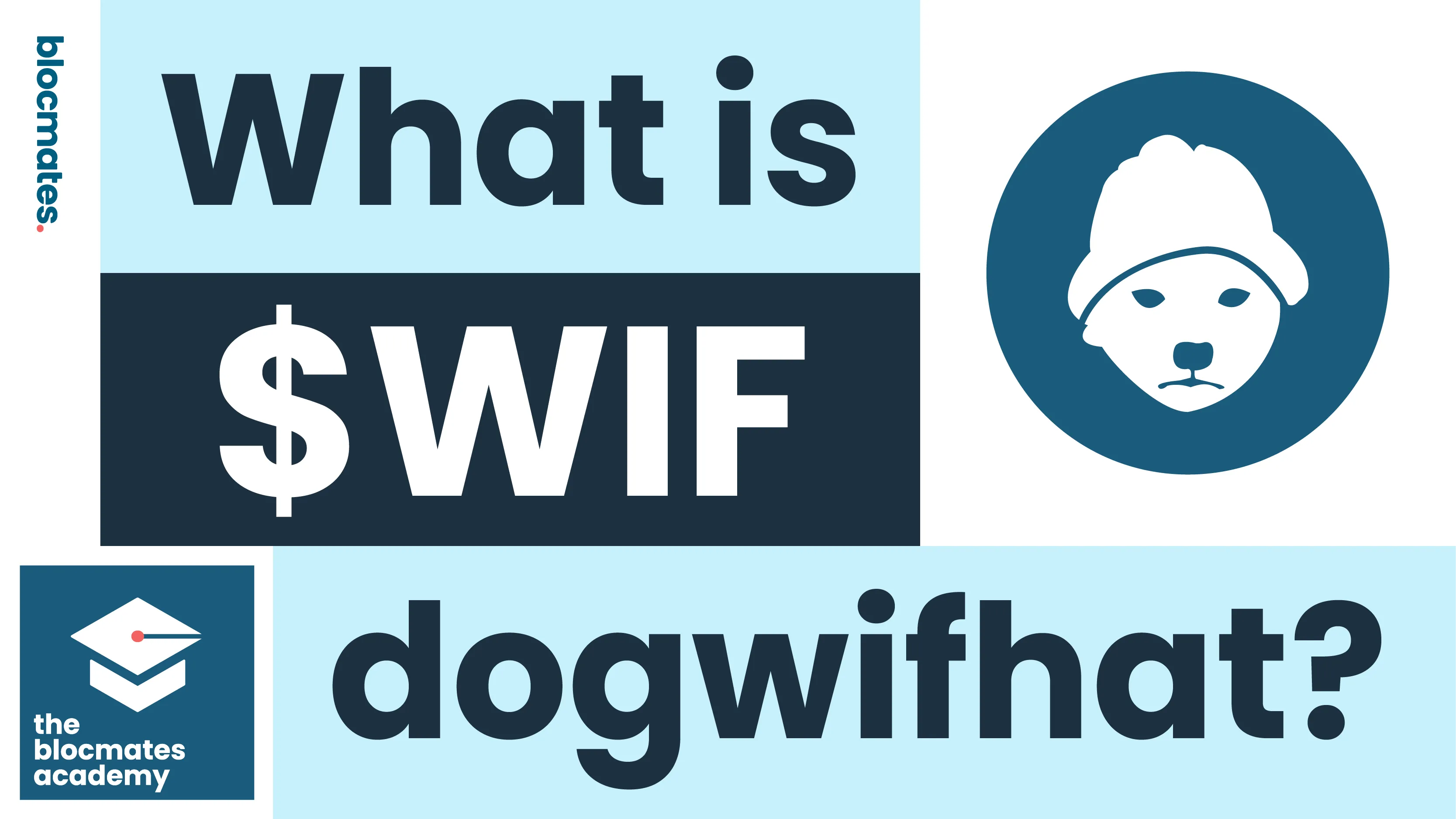


.webp)







.webp)
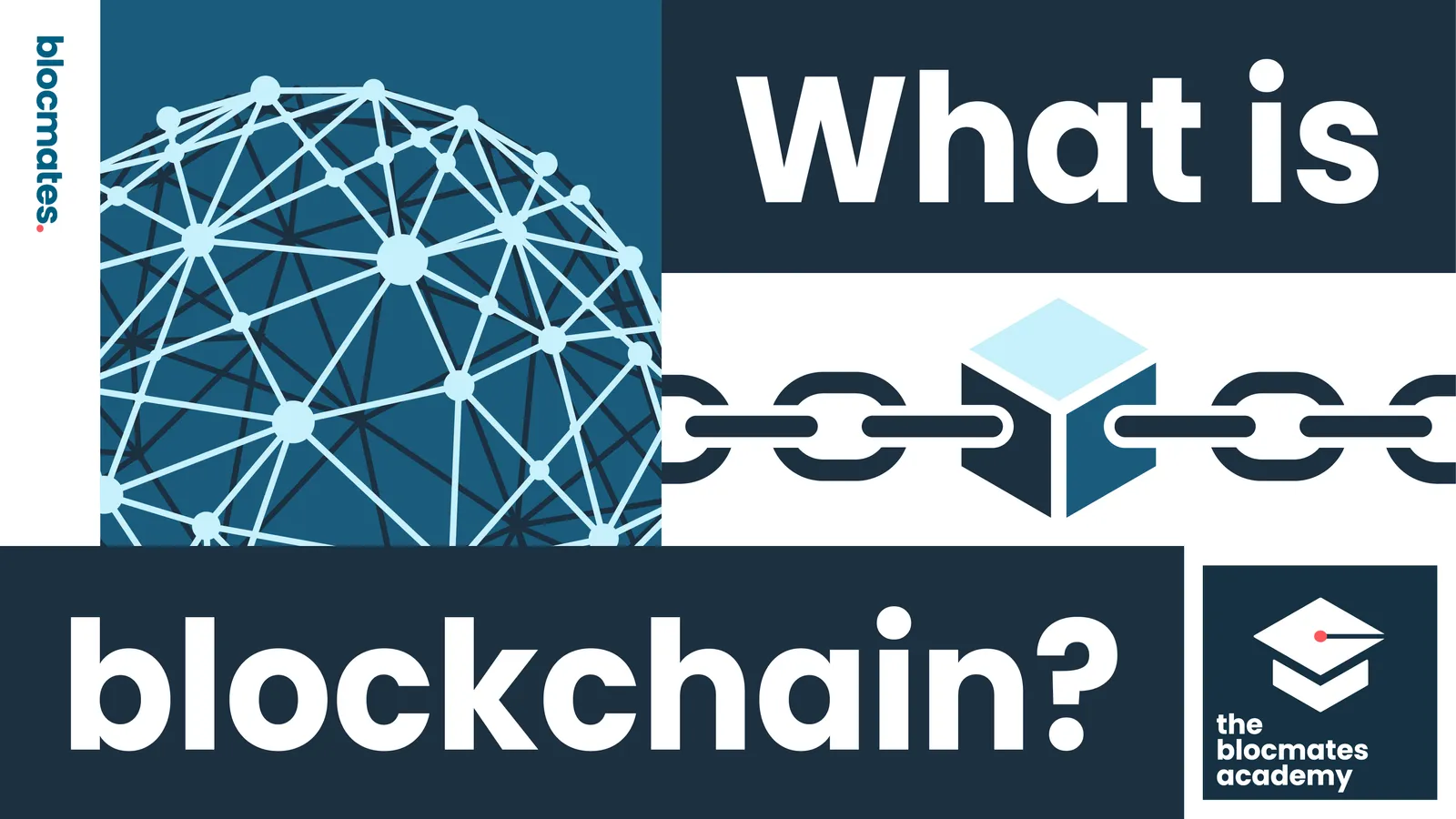



.webp)







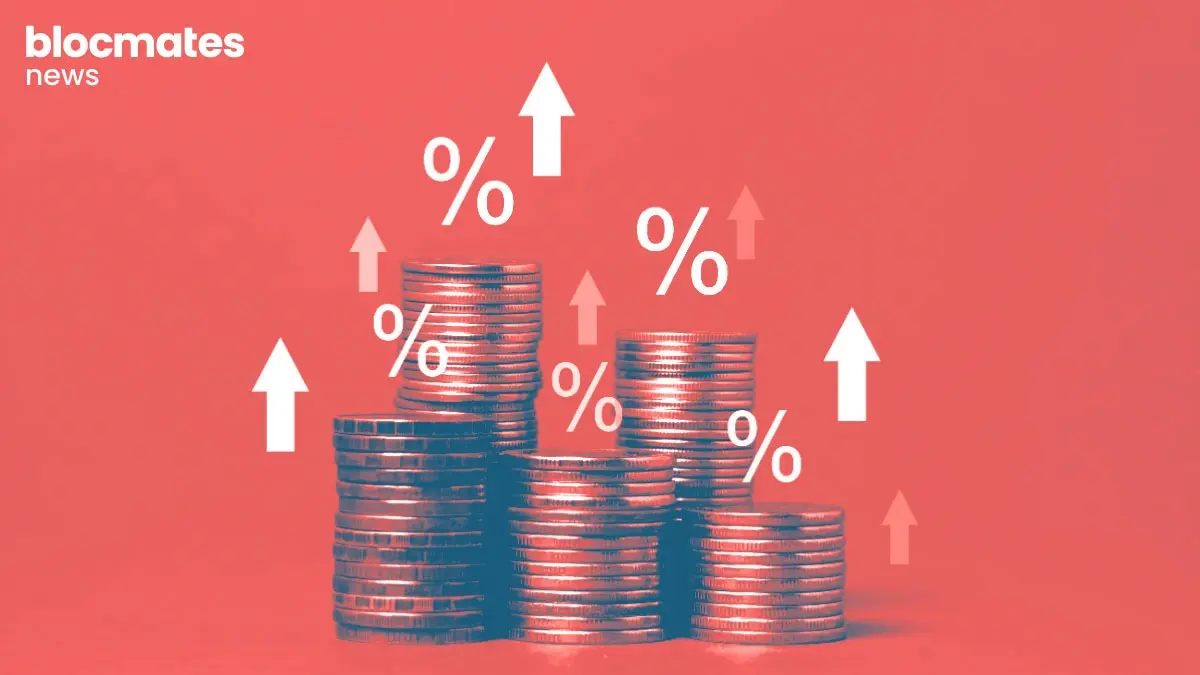


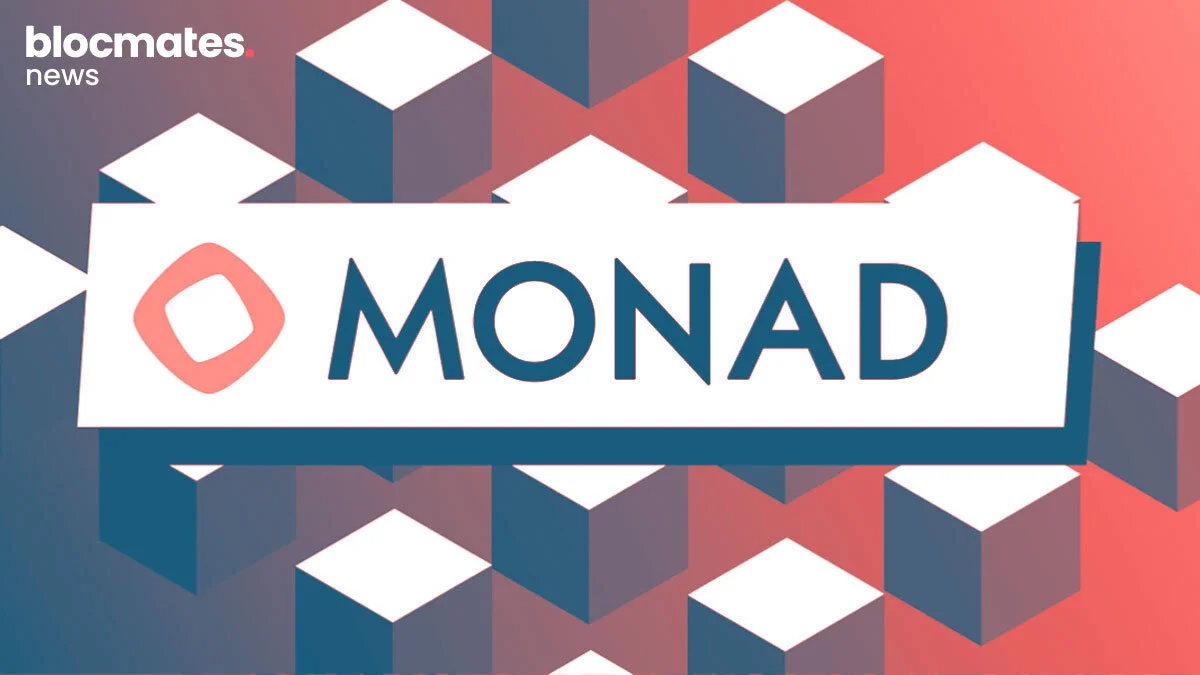





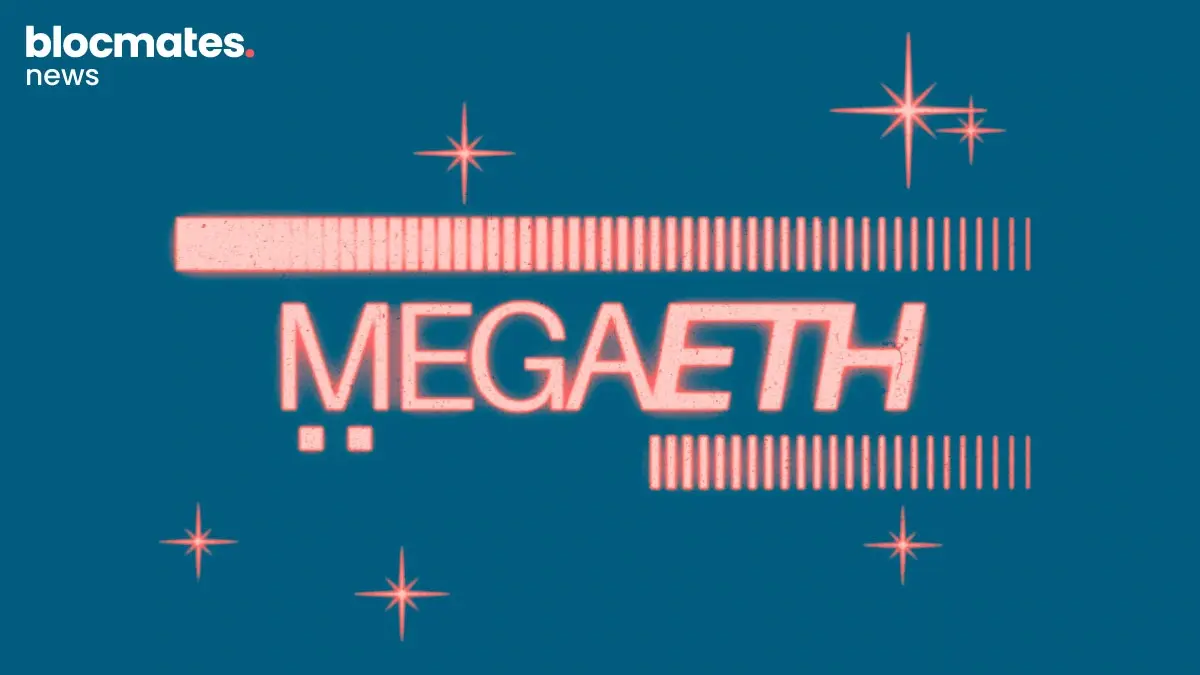



.webp)





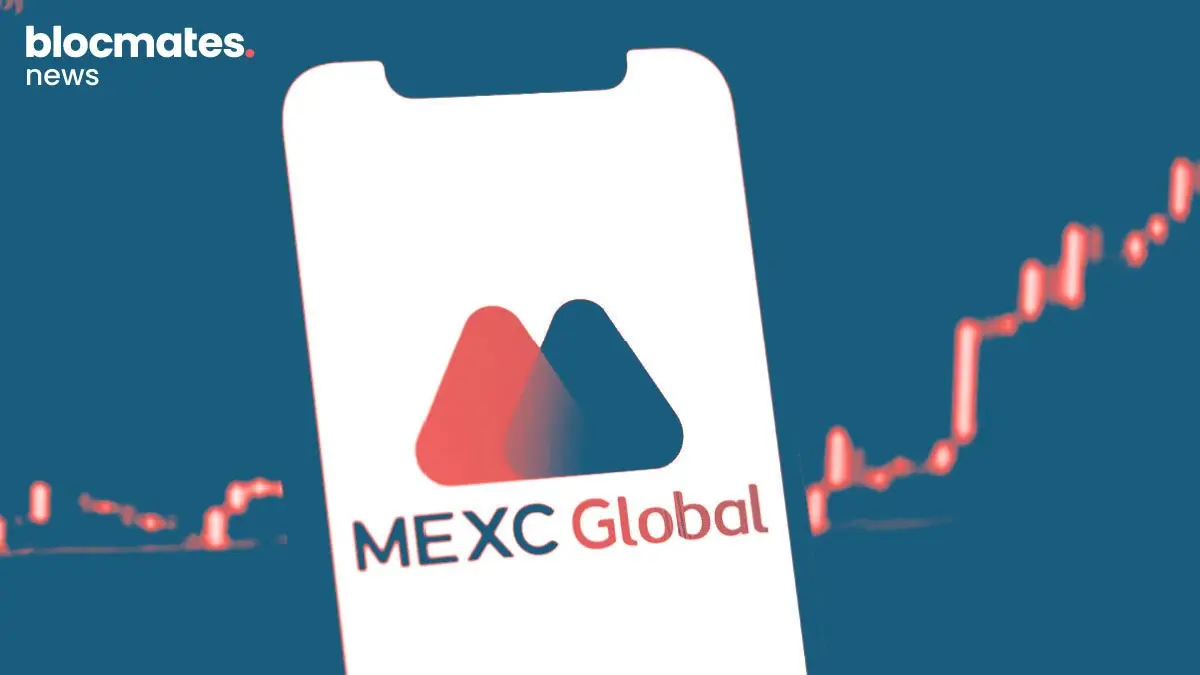

.webp)




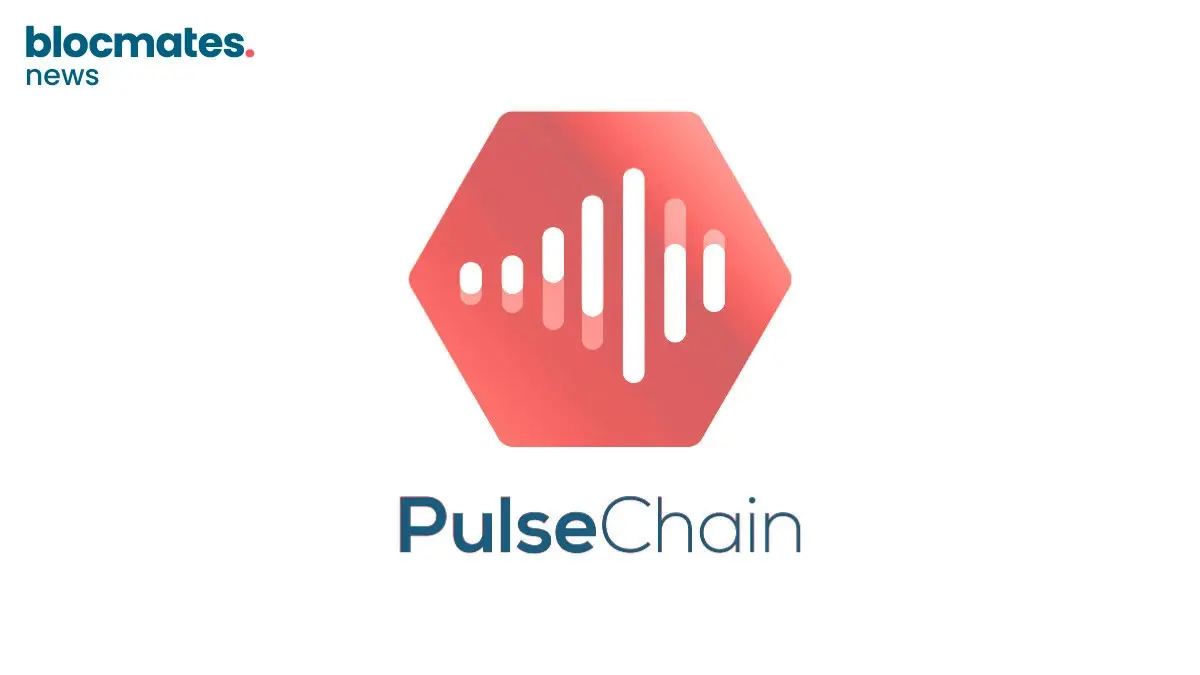

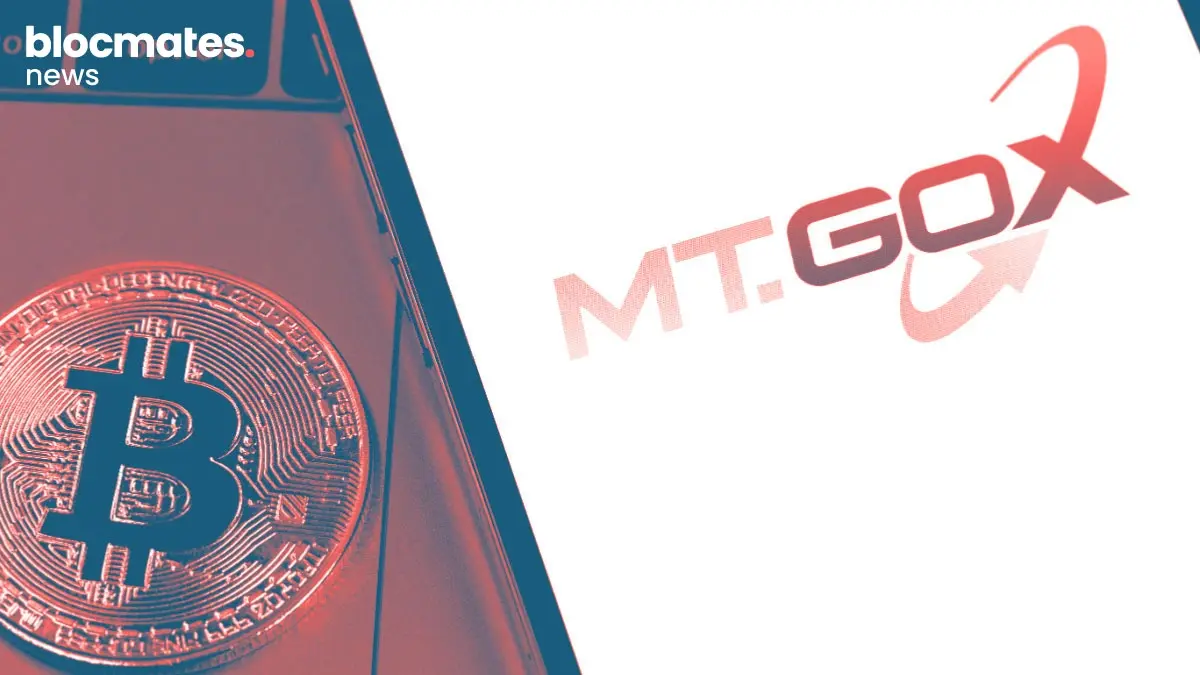

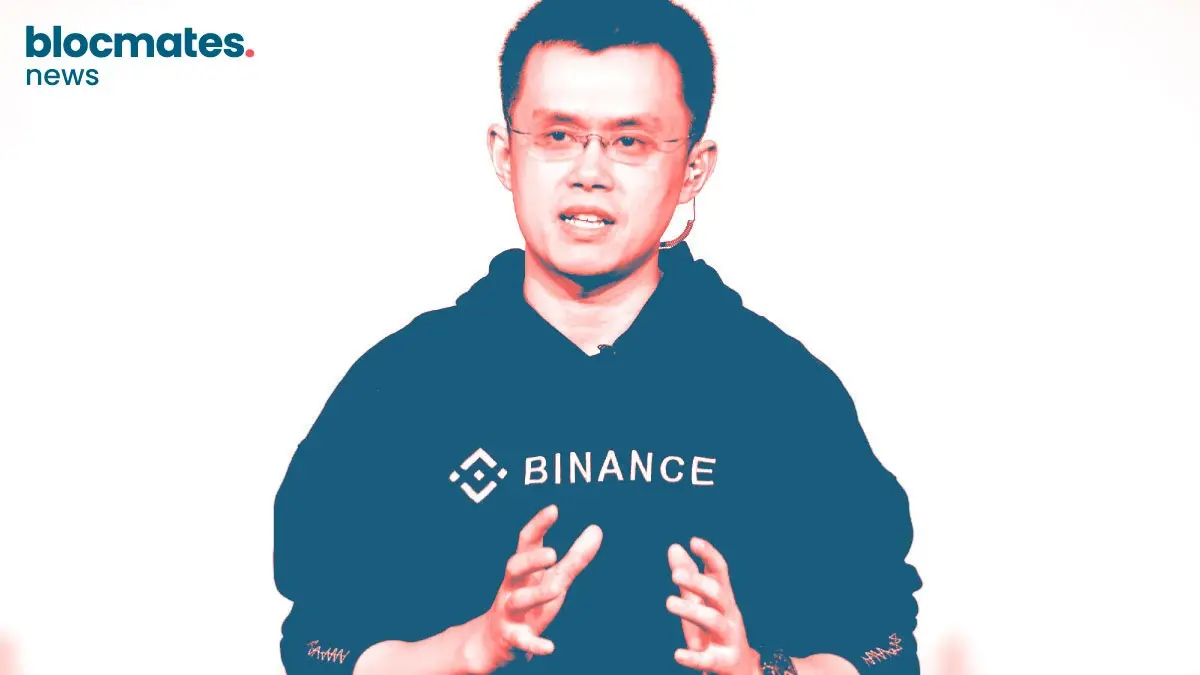


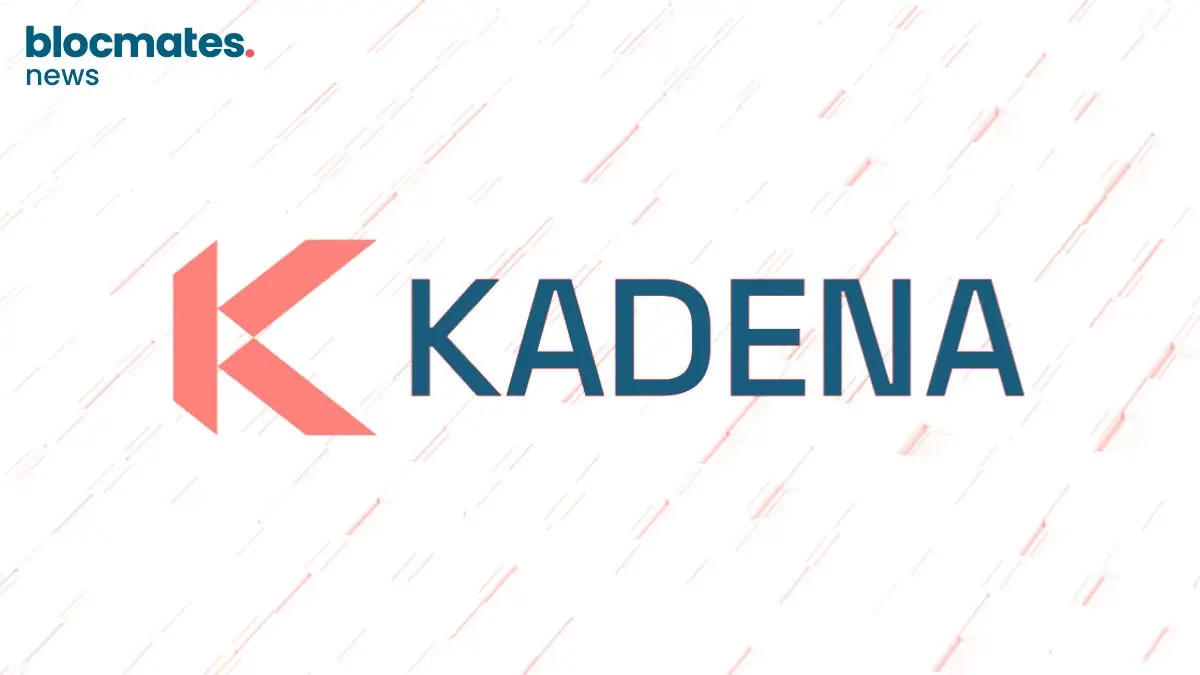


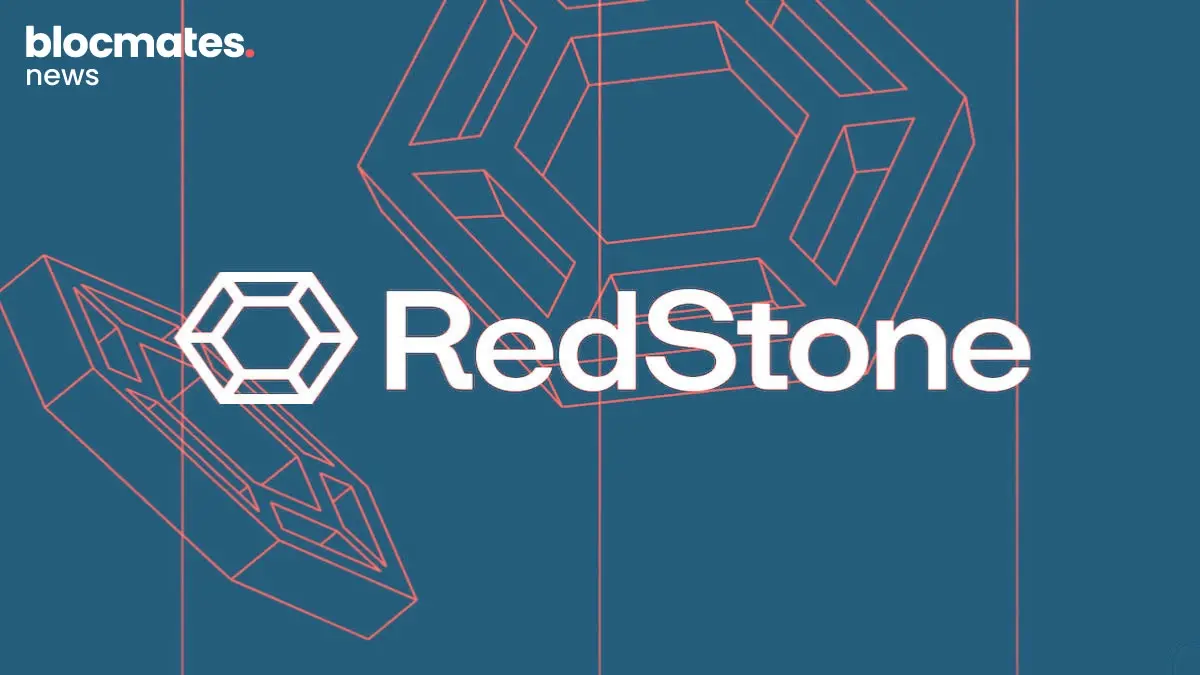
.webp)

.webp)
.webp)

.webp)


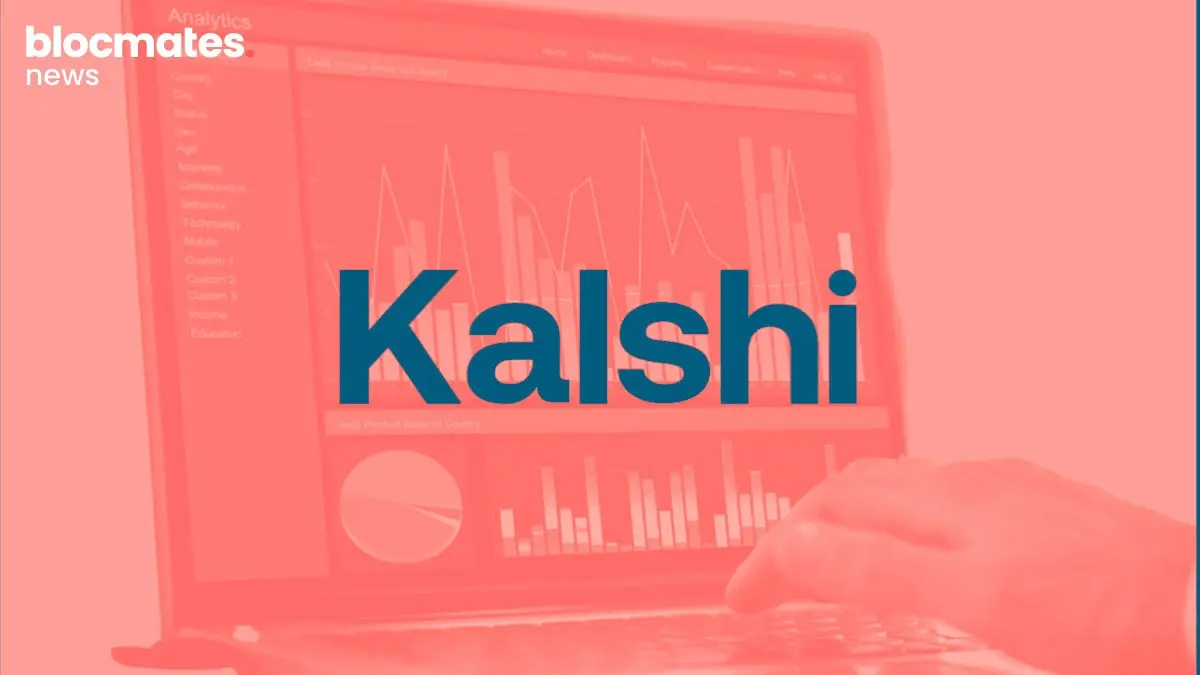




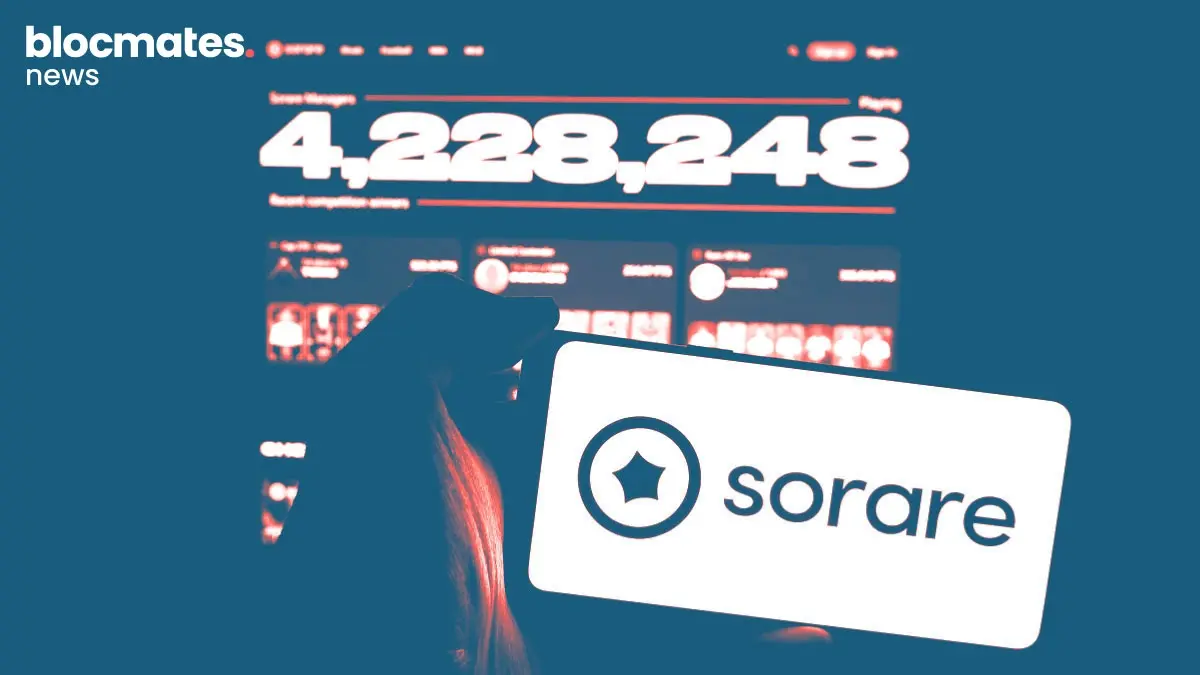

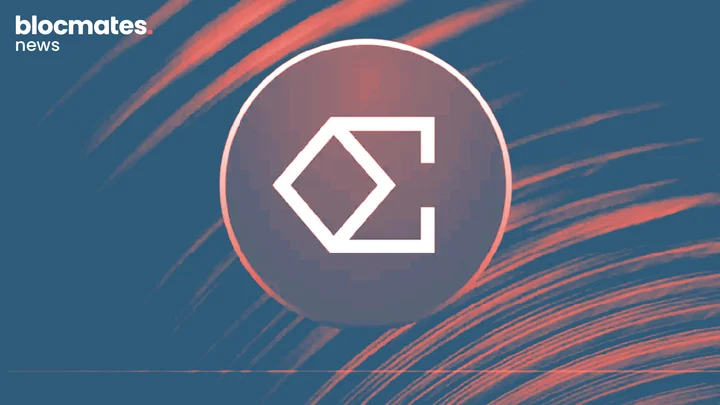





.webp)

.webp)

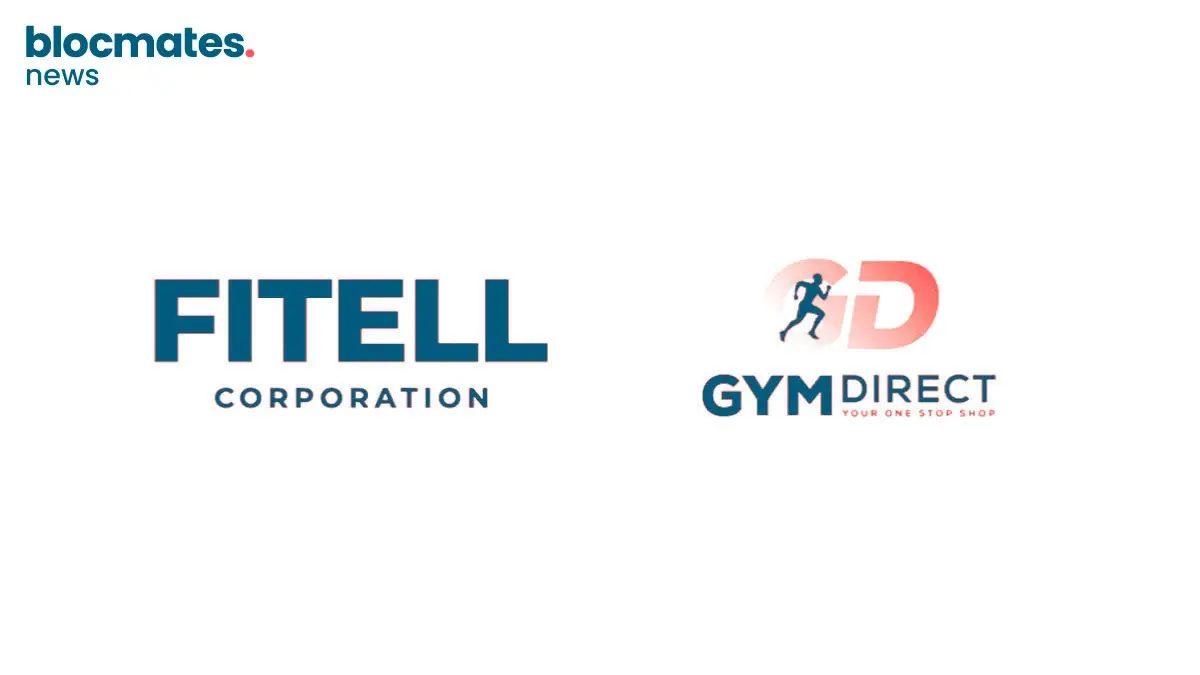
.webp)



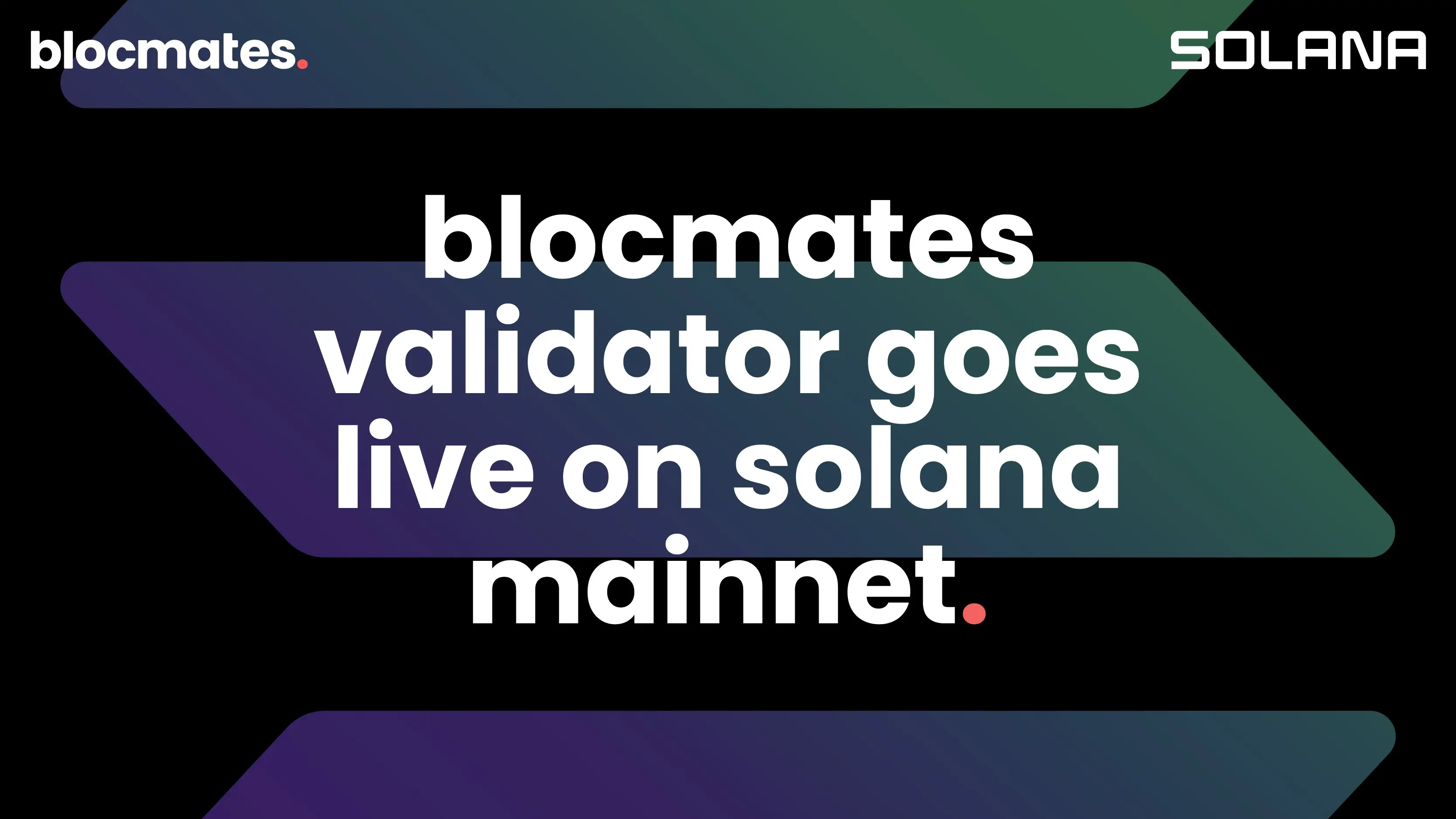
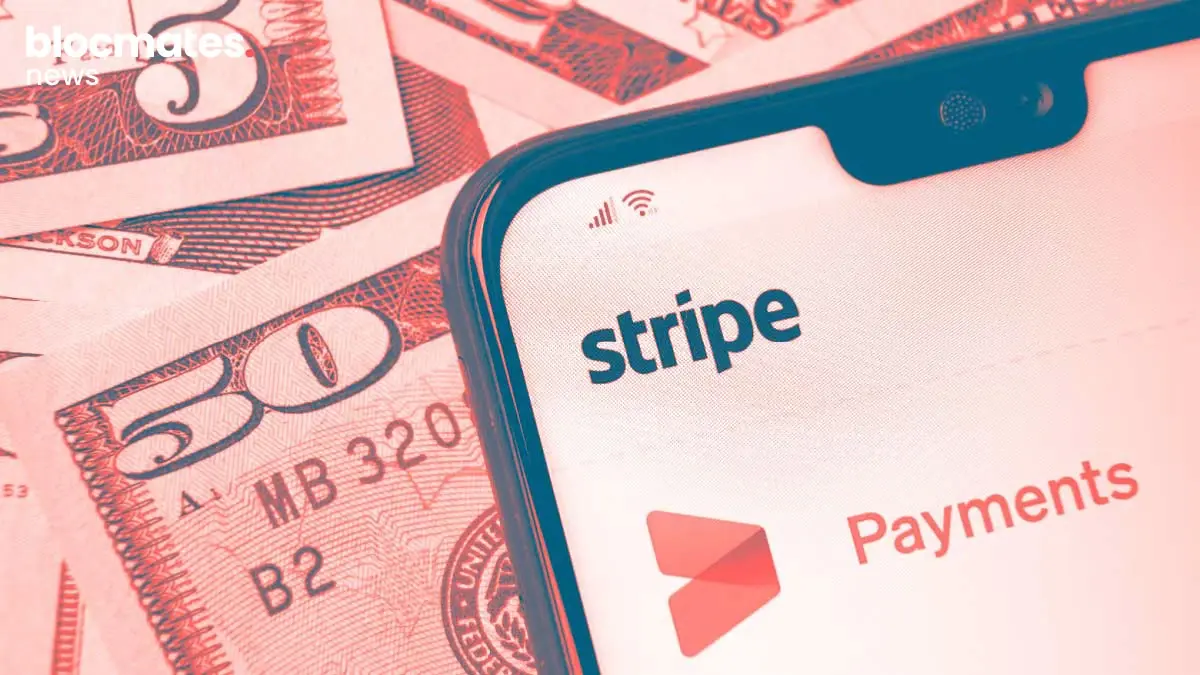
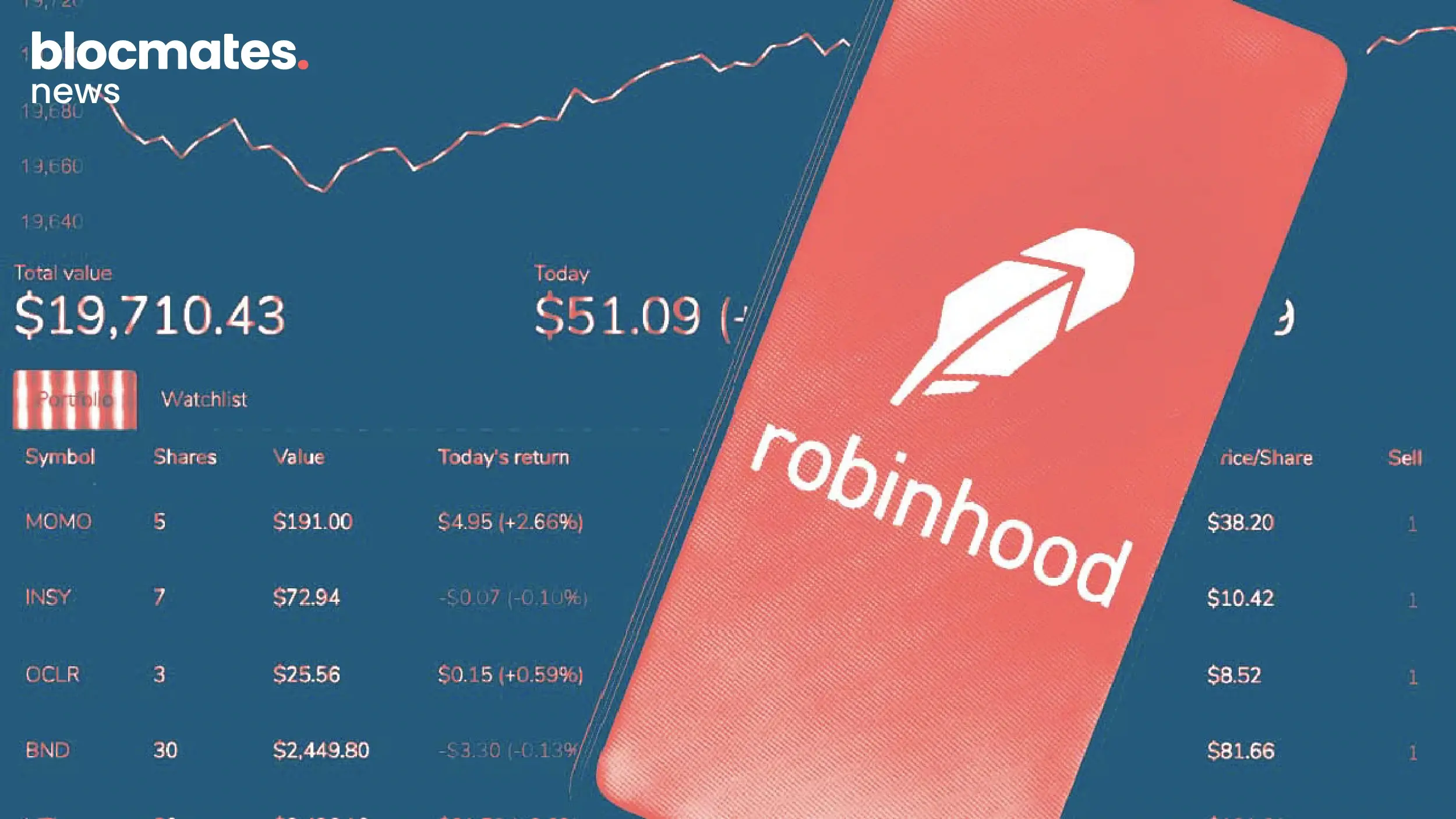


.webp)
